Cicchetti: Typically Venetian, Totally Delicious
Cicchetti: Typically Venetian, Totally Delicious
While the majesty of Venice’s gondola-crafting tradition has sadly been diluted into the stereotype of the singing gondolier swathed in stripes, many more of the great republic’s cultural traditions have faced the same fate at the whim of too many overzealous visitors. But one tenacious tradition, which seems to have stood the test of time and the laments of unadventurous eaters from across the globe, remains profoundly and authentically Venetian – Cicchetti.
One could say cicchetti are the Venetian answer to Spanish tapas, which might not be too far off given that the Venetian language itself is related to its Iberian cousins Spanish, Catalan, Portuguese and French. Etymology aside, cicchetti remain an everyday part of authentic Venetian life, with locals and in-the-know travelers patronizing many of the city’s character-infused bàcari. And please don’t call these cultural institutions pubs or wine bars, as they are in some regard a bit hard to define – a type of community tavern dedicated to serving up cicchetti and a small glass of regional white wine, known fondly as an ombra or “shadow.” In the local tradition, Venetians stop into their neighborhood bàcaro as early as late morning for a mid-day snack, a familiar activity known as “andar per ombre.” The bacaro is also a welcome stop for those looking to enjoy a light lunch, an evening aperitivo coupled with small bites before heading to dinner, or even revelers looking to make a night out of hopping from one bacaro to the next. A warm welcome and jovial atmosphere await all that enter into the comfy quarters of a bacaro, namely because they’re usually family-run enterprises with the express purpose of making your day better with a little food, a little drink and some lively conversation.
Although the menu at every bacaro varies according to how traditional or non-traditional the owners may be, certain Venetian classics generally appear on every tabletop. Cicchetti are served both warm and cold, depending on the dish and the season. Usually olives, anchovies, fried baccalà, calamari and crab, and other marinated vegetables and cured morsels, are served alongside grilled polenta cakes, halved hard boiled eggs and toasted crostini, which can also be dressed up with an array of savory, spreadable concoctions. A local favorite known as baccalà mantecato is usually always on the menu and is made by whipping together cod fish with olive oil, garlic and herbs to create a luxurious mousse that is served atop bread or crostini. Another authentic cicchetto is Venetian style polpette, which are fried meatballs made from veal, potato and various spices. Fresh, boiled octopus dressed with lemon, olive oil and parsley is often a crowd-pleaser, as are sardines marinated in onion and vinegar, while cured meats like Veneto’s own soppressa salami, round out the customary repertoire of cicchetti bites.
The tradition of the bacaro , with its parade of delicious eats and glasses of chilled white wines, is indeed a precious and unwavering part of the social fabric of Venetian culture. Gladly it is one tradition that seems to be untouched by time and shown to be resilient against the unavoidable but always disturbing rise of the tourist menu.


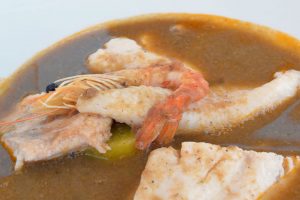
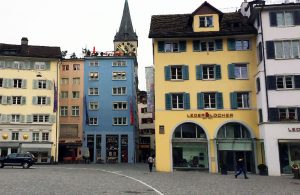
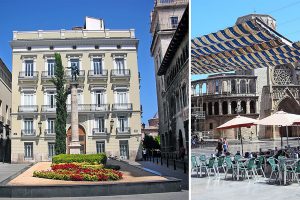


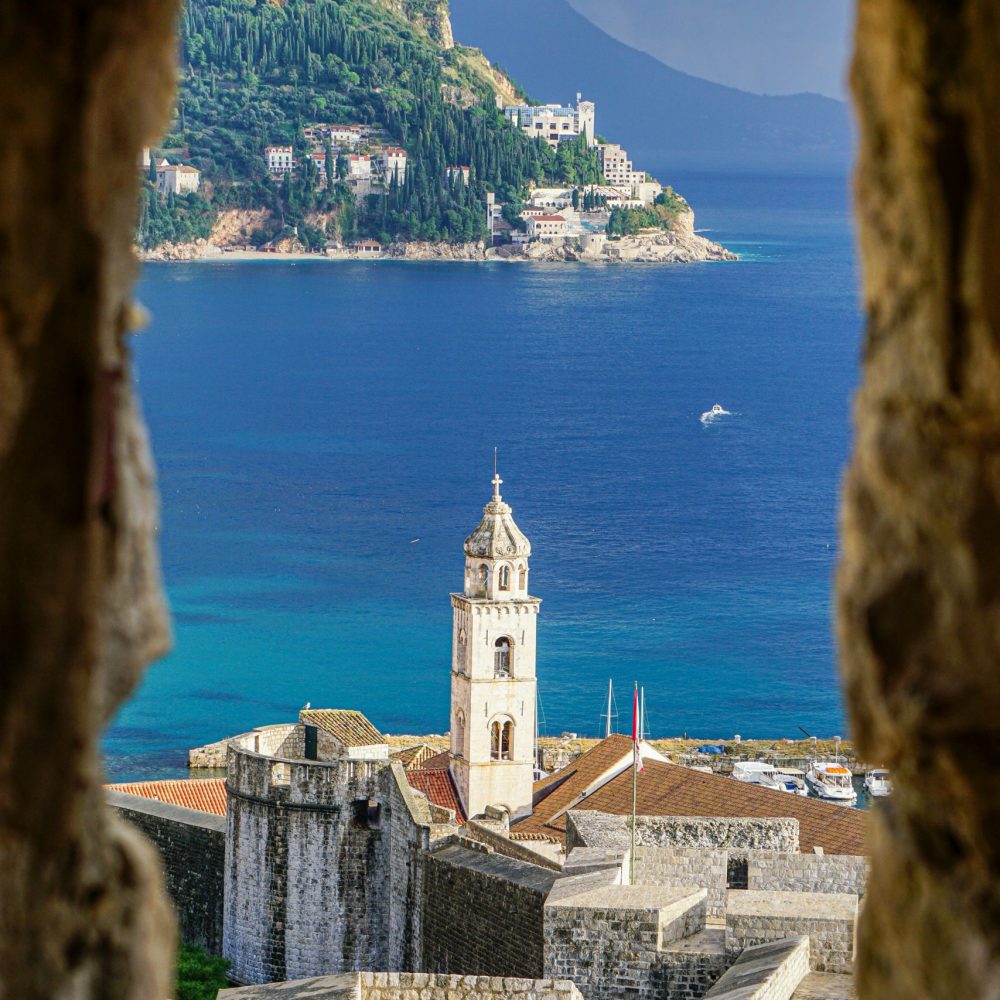
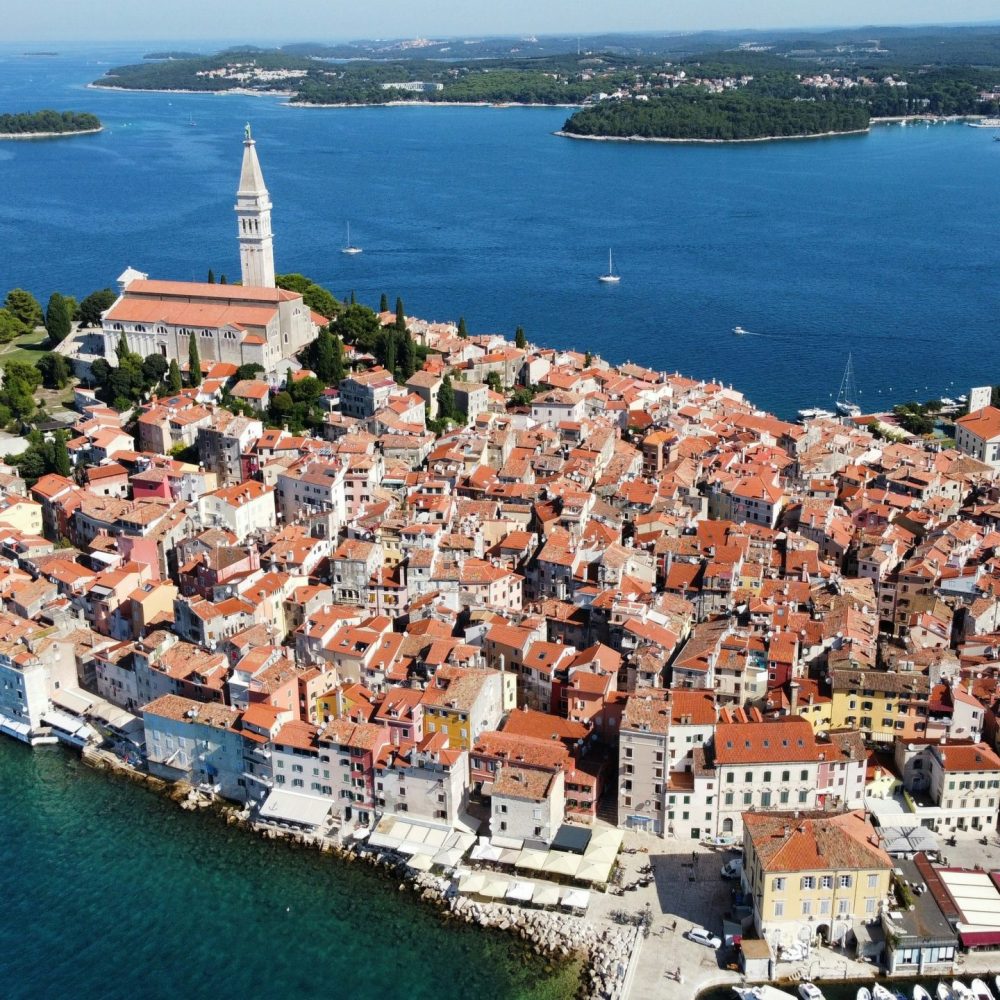

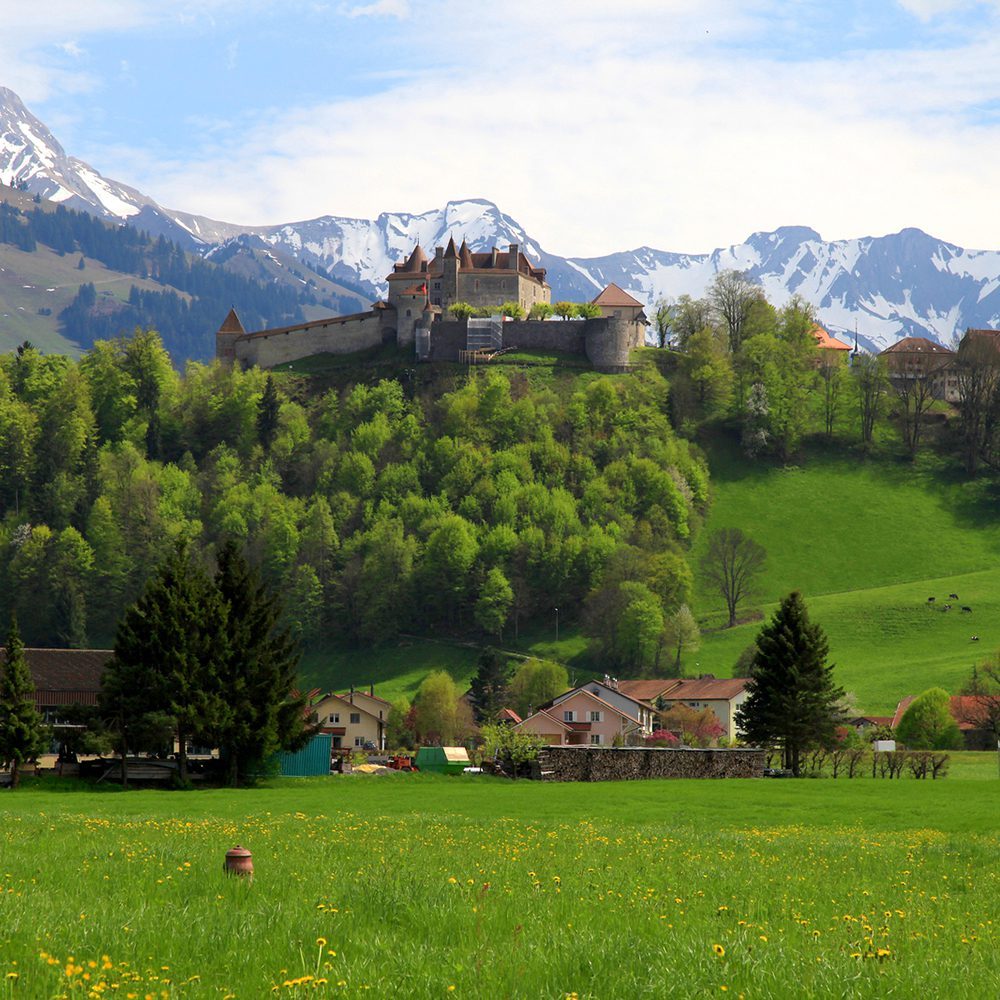

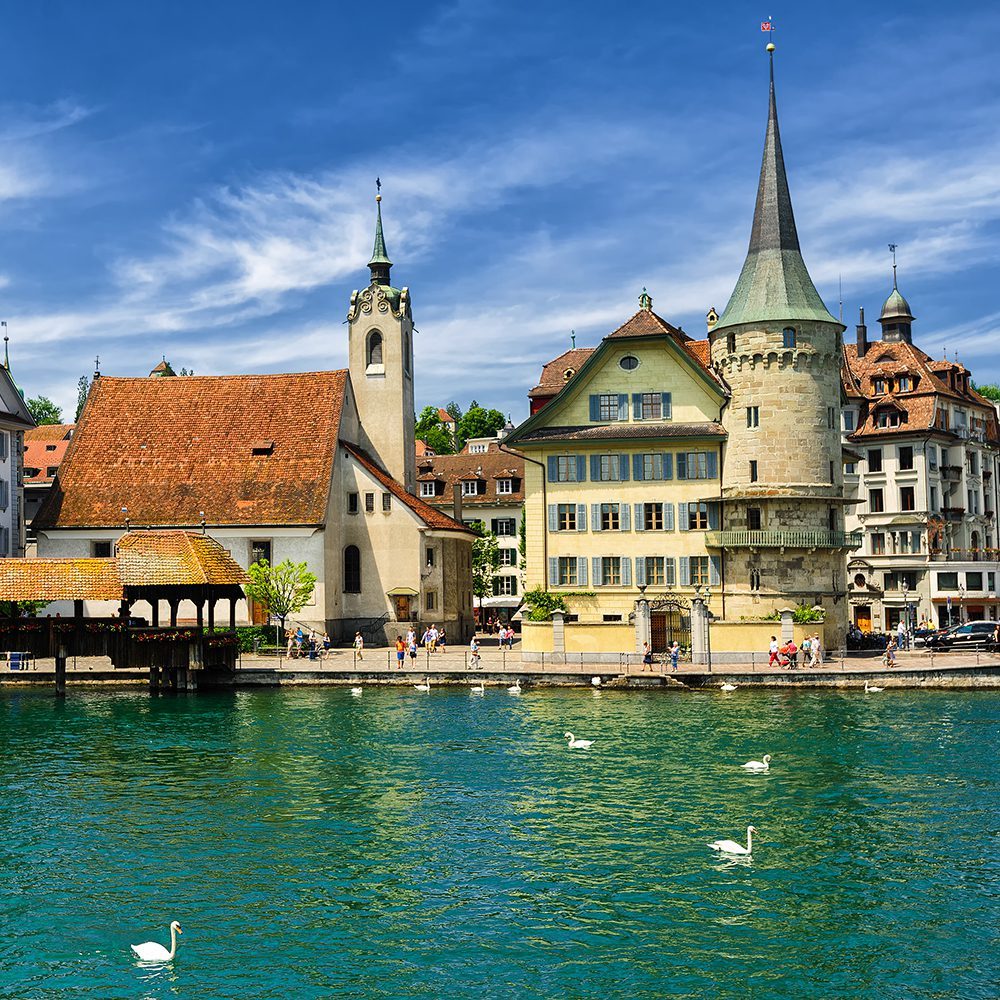
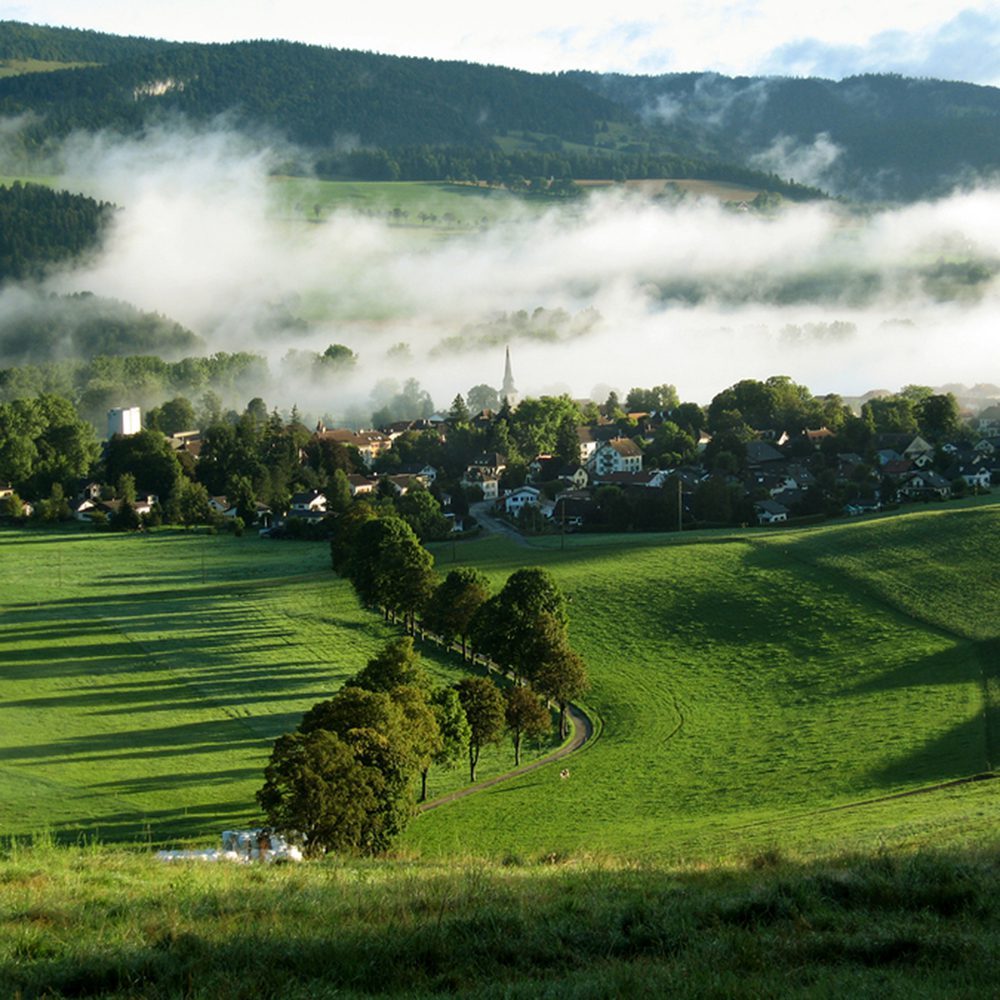
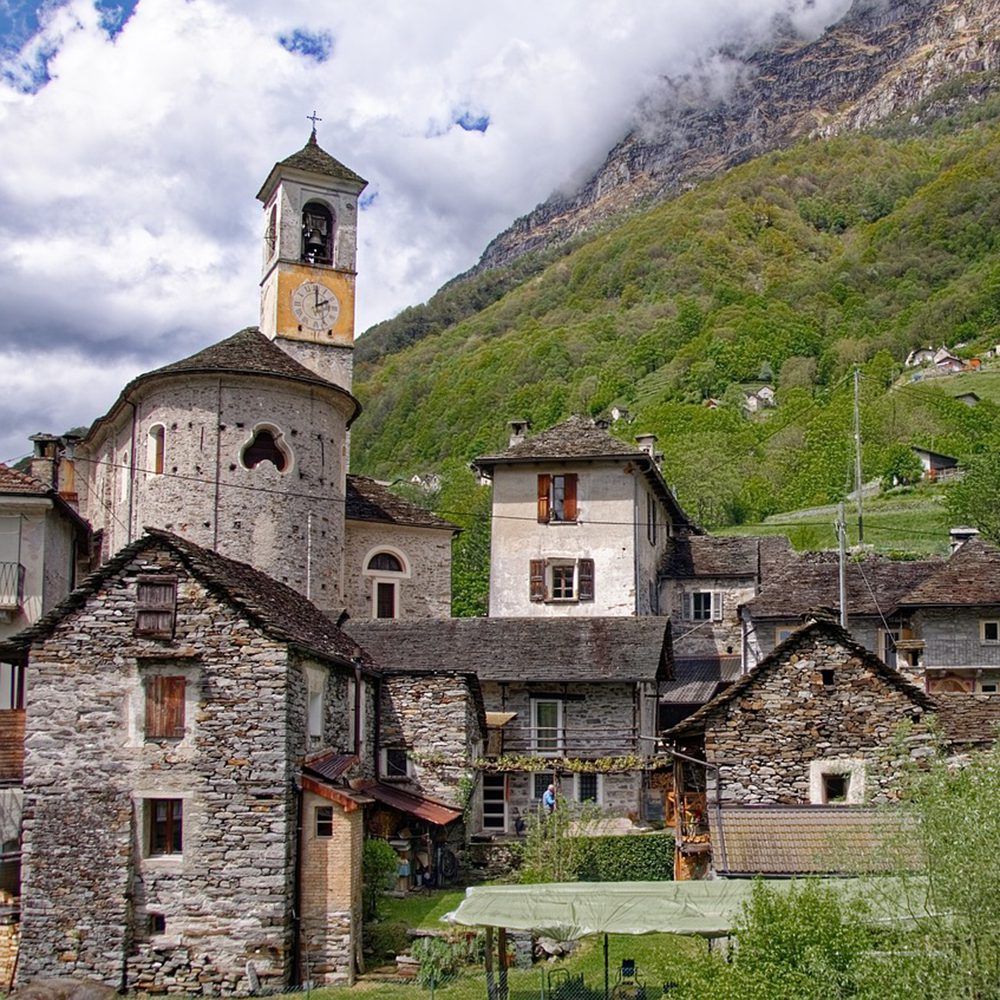


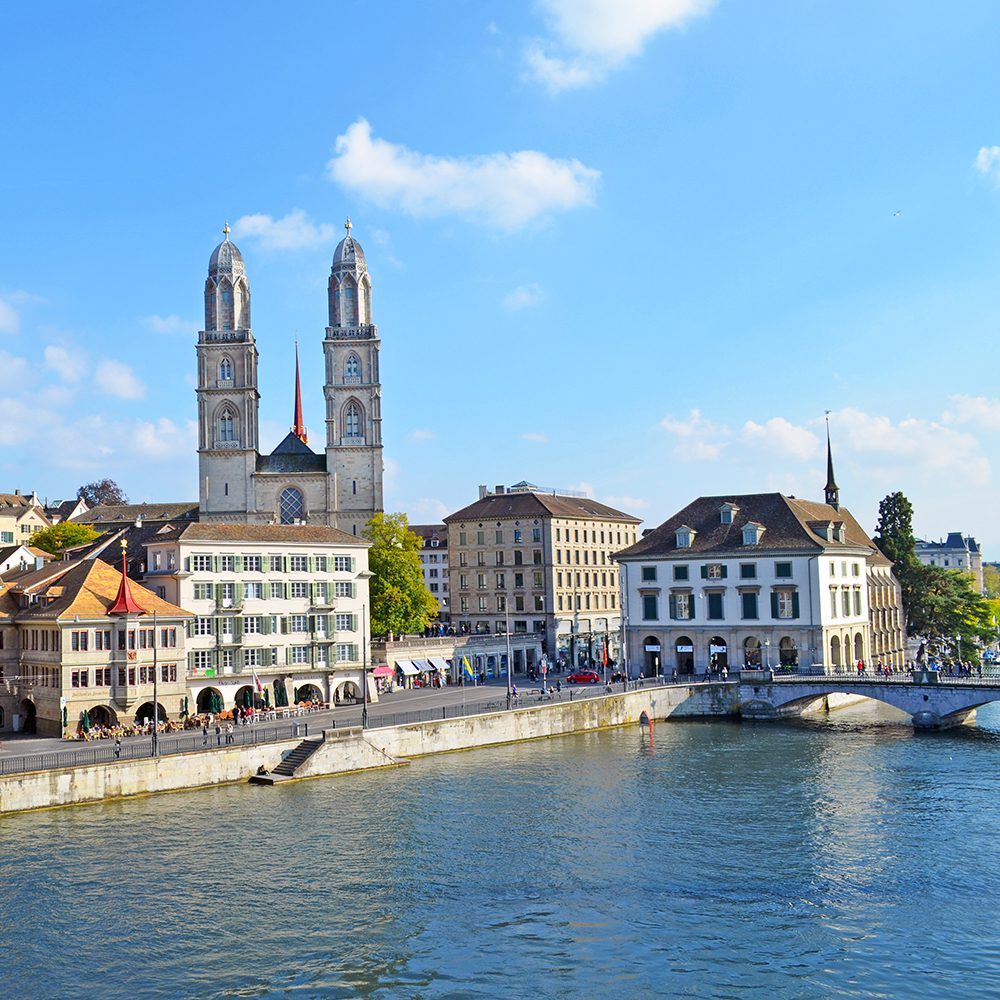
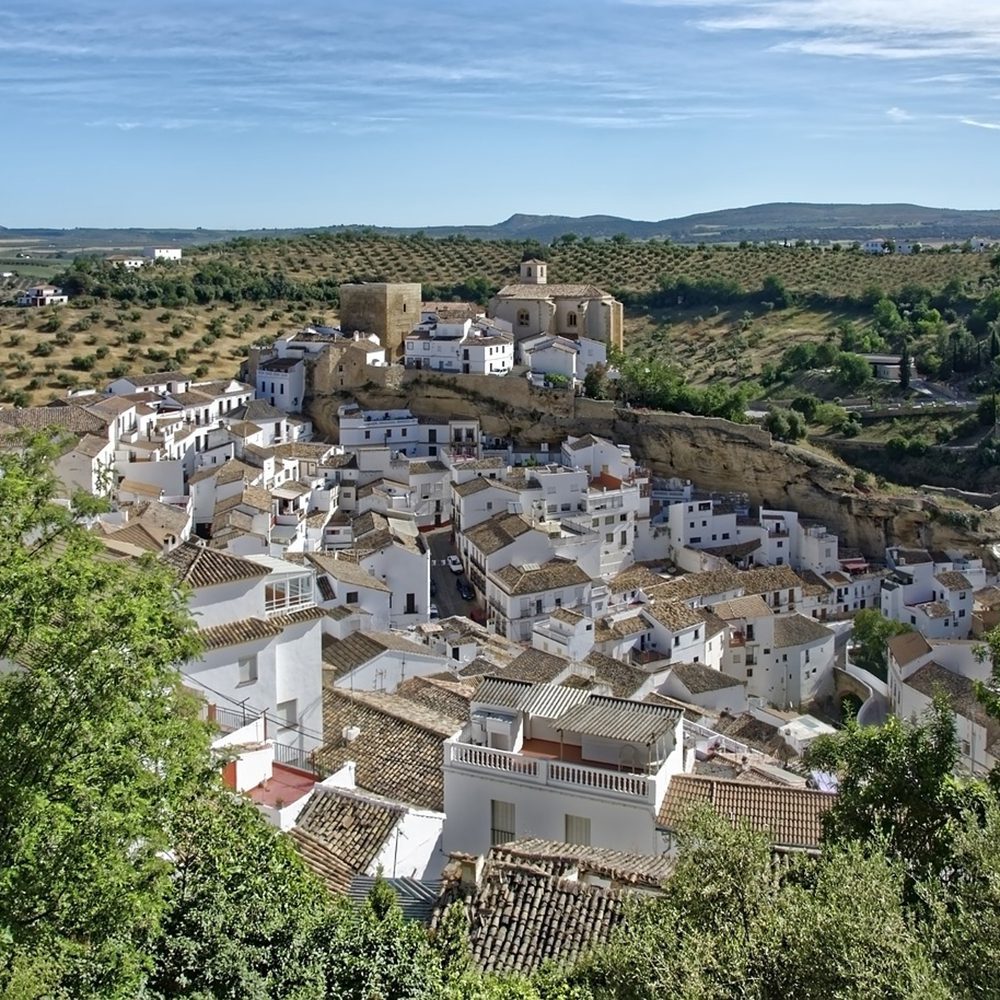
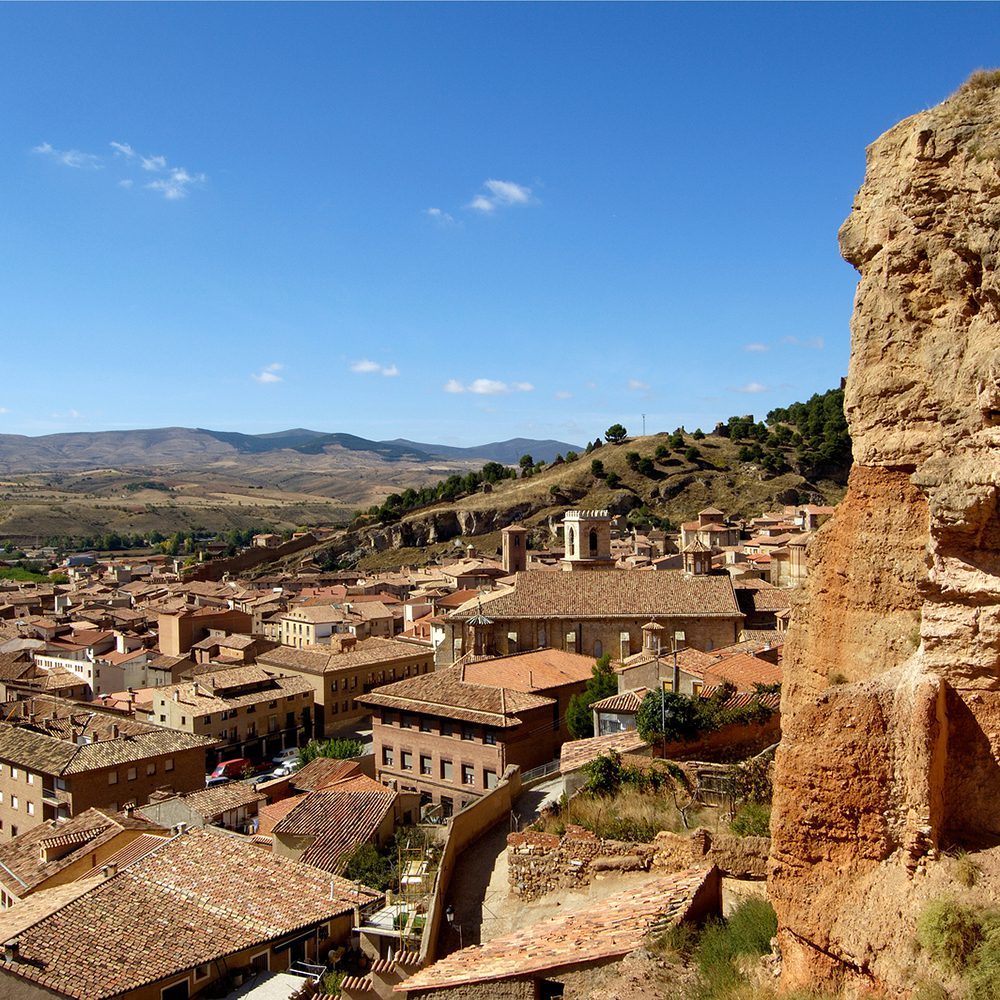

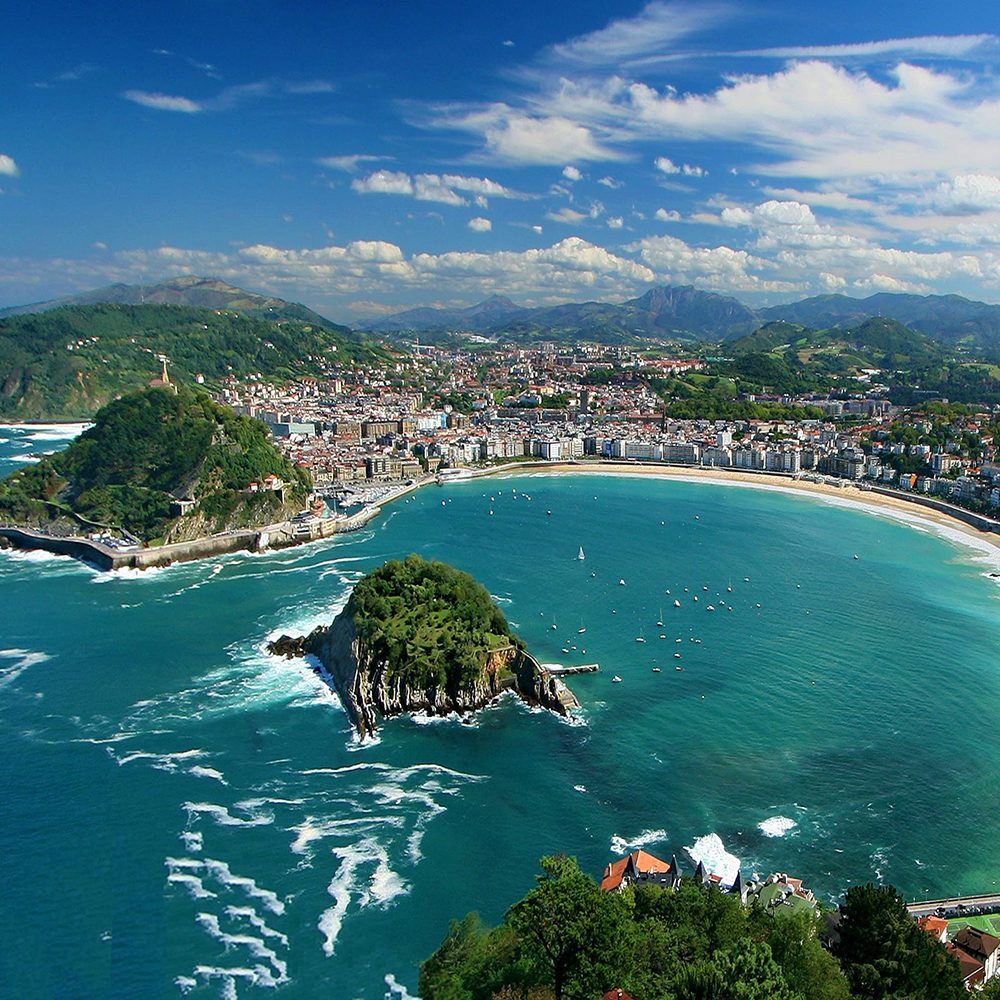
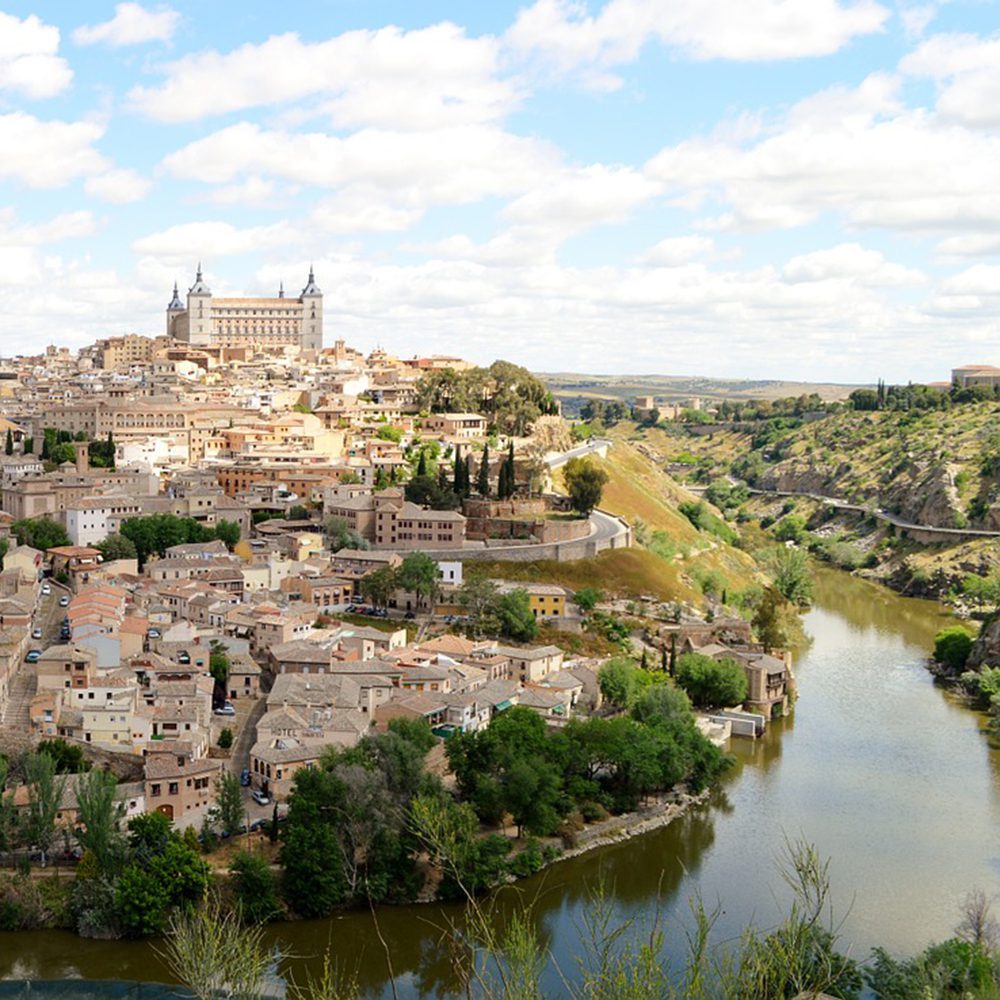


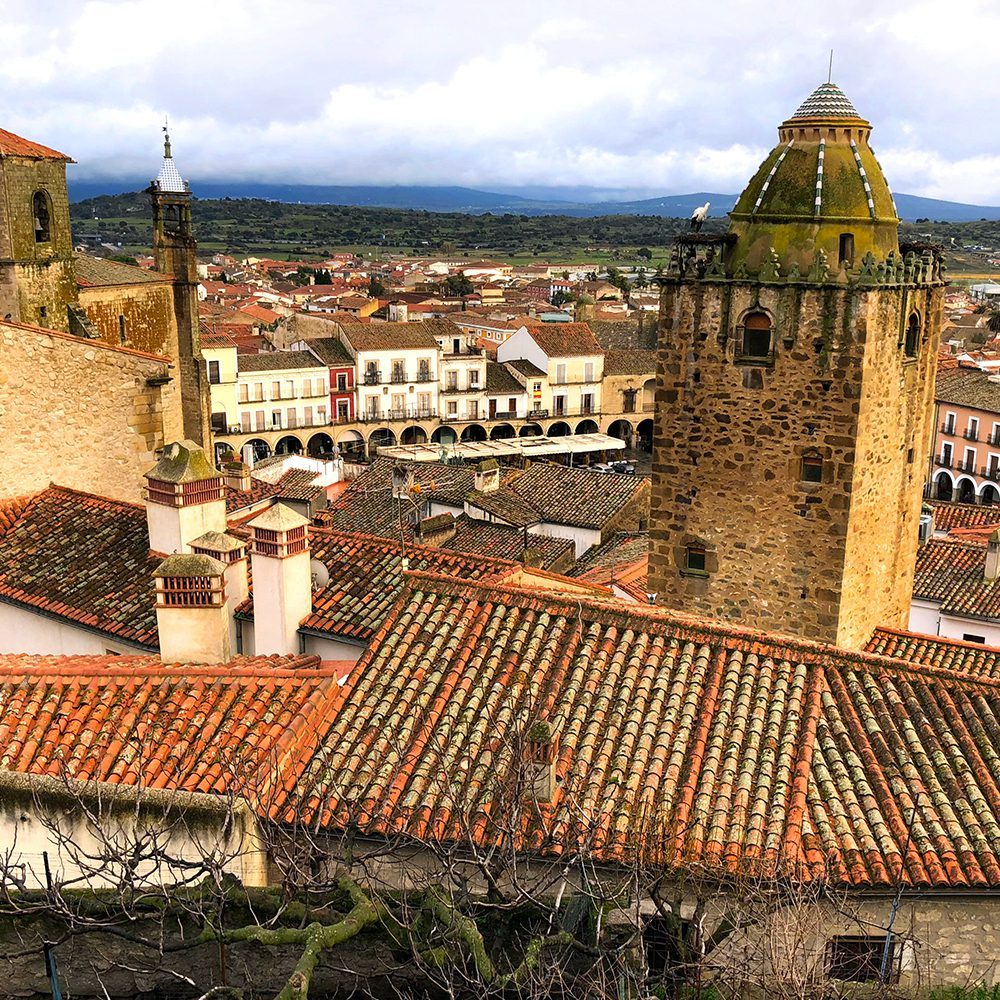
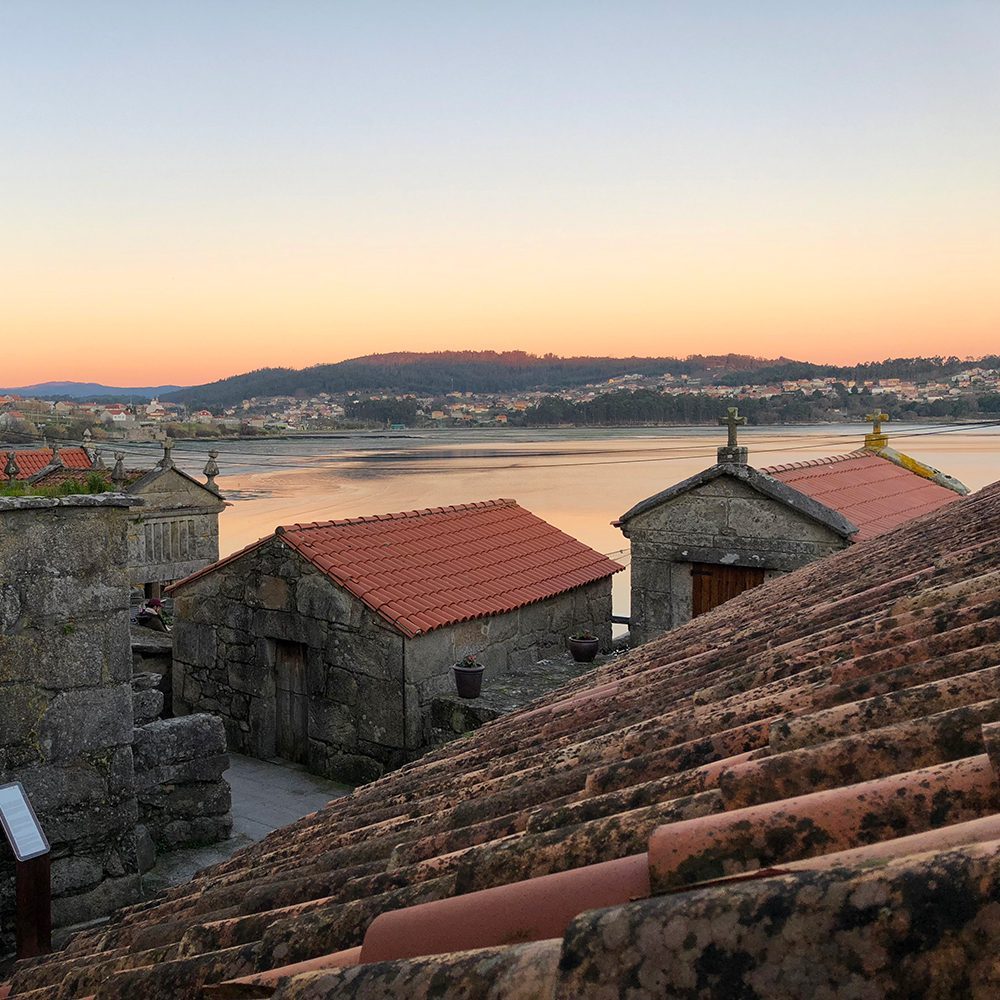
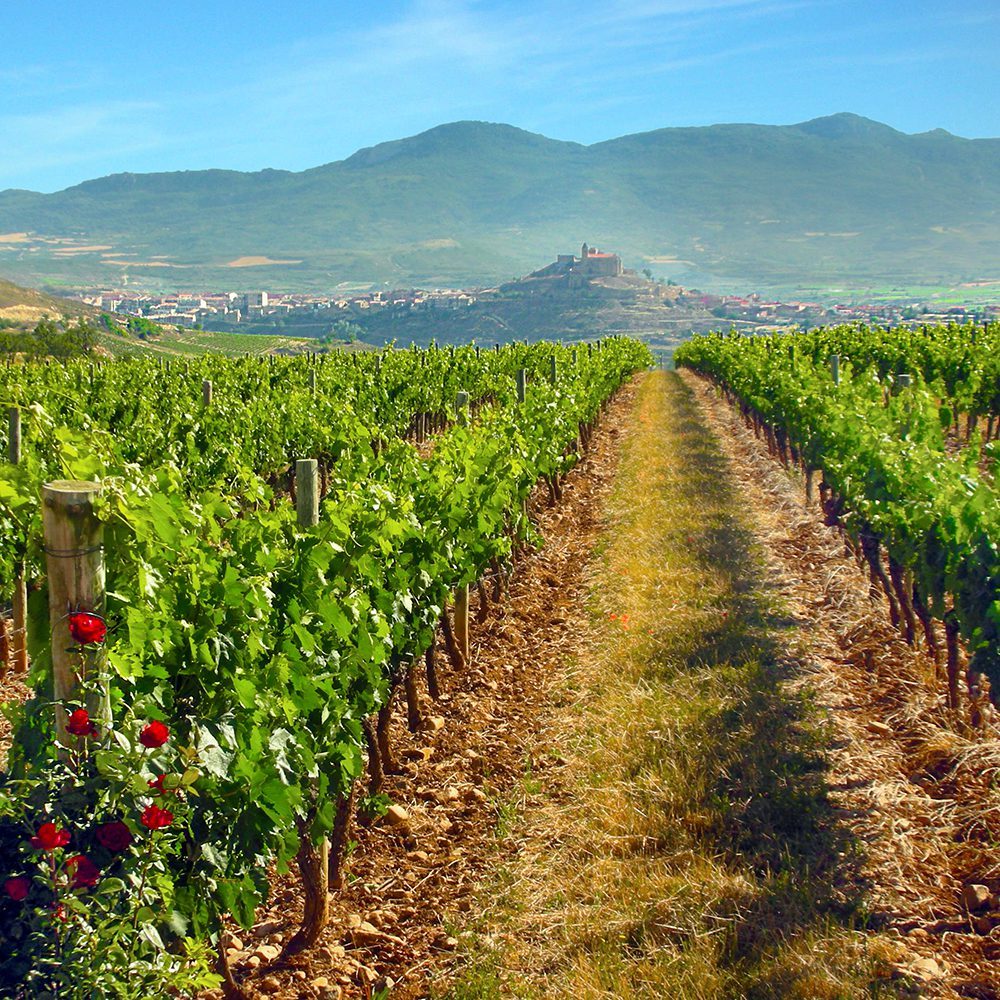
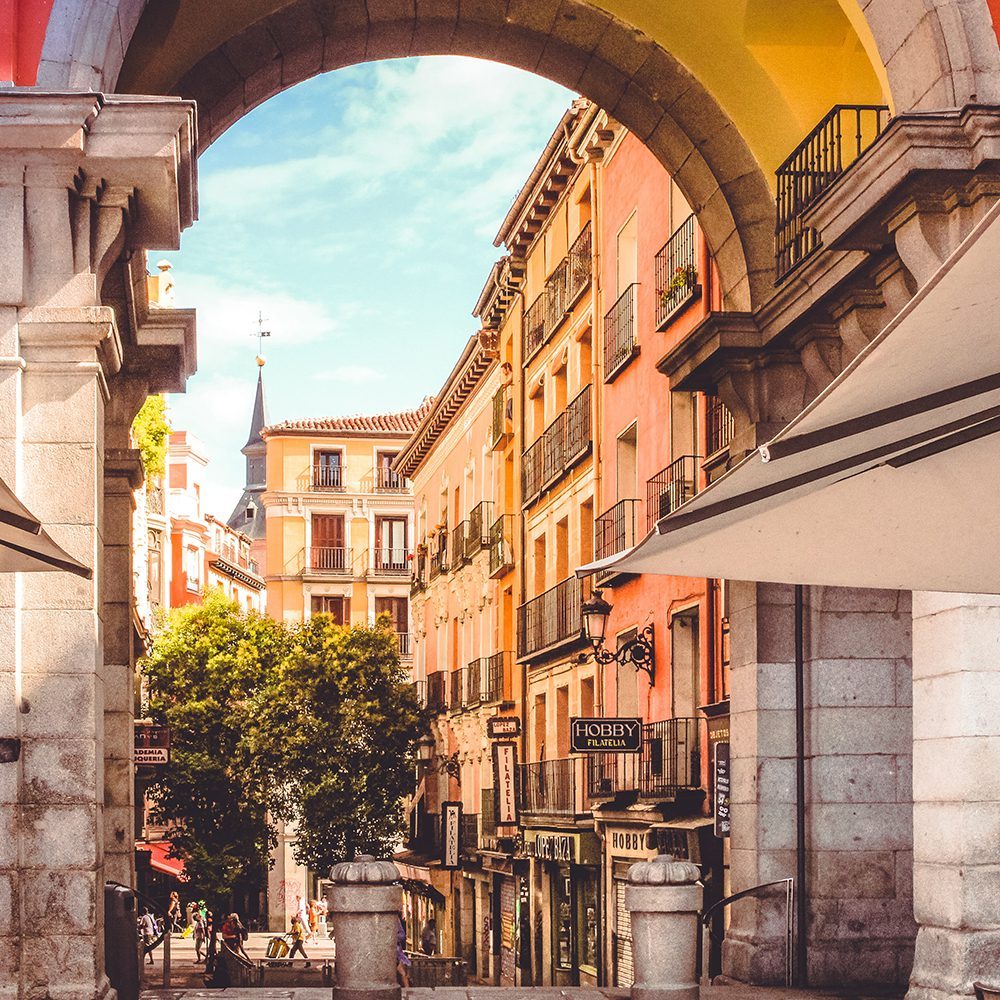
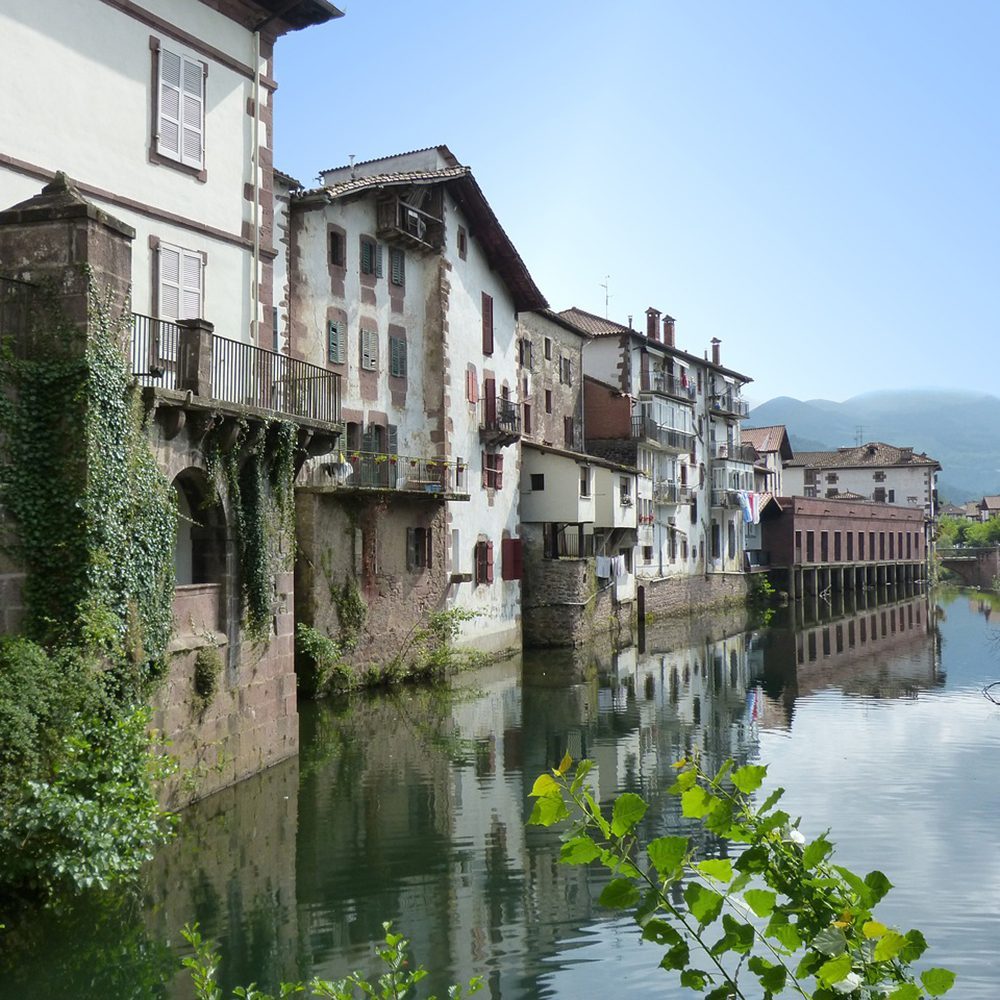

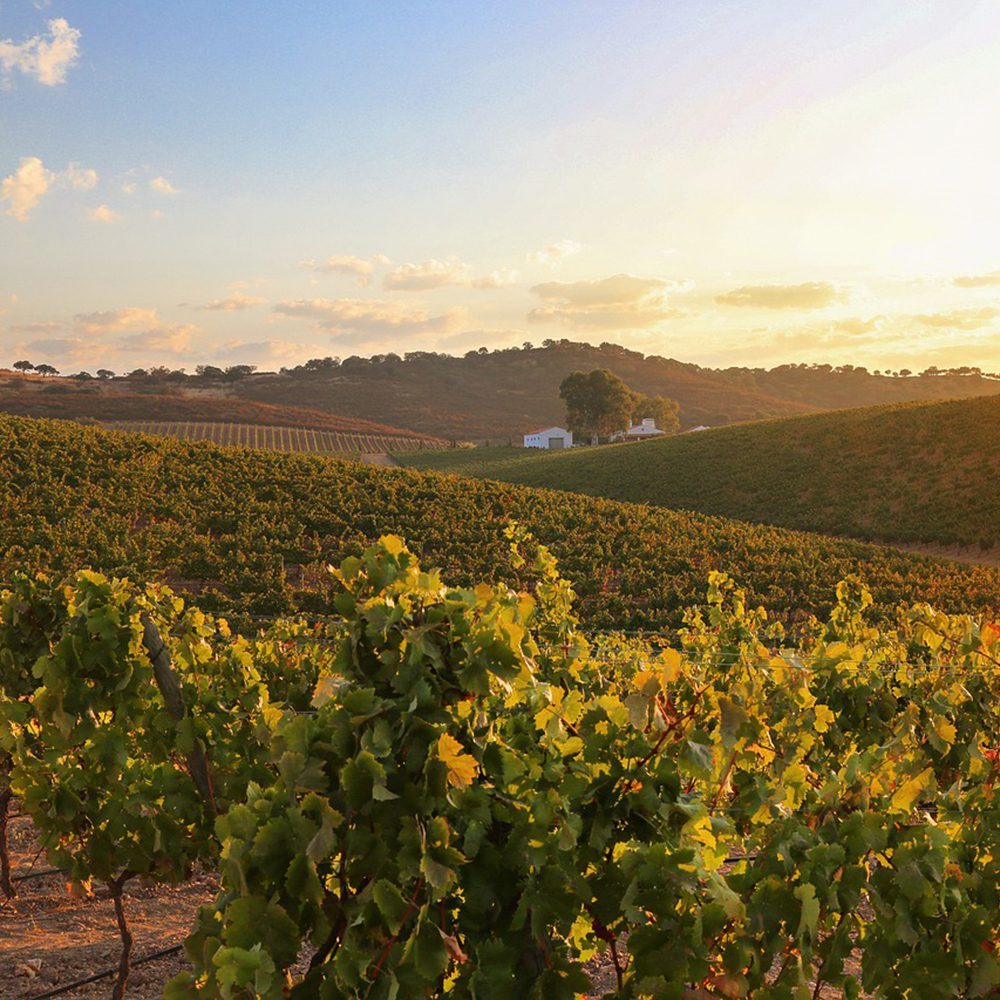
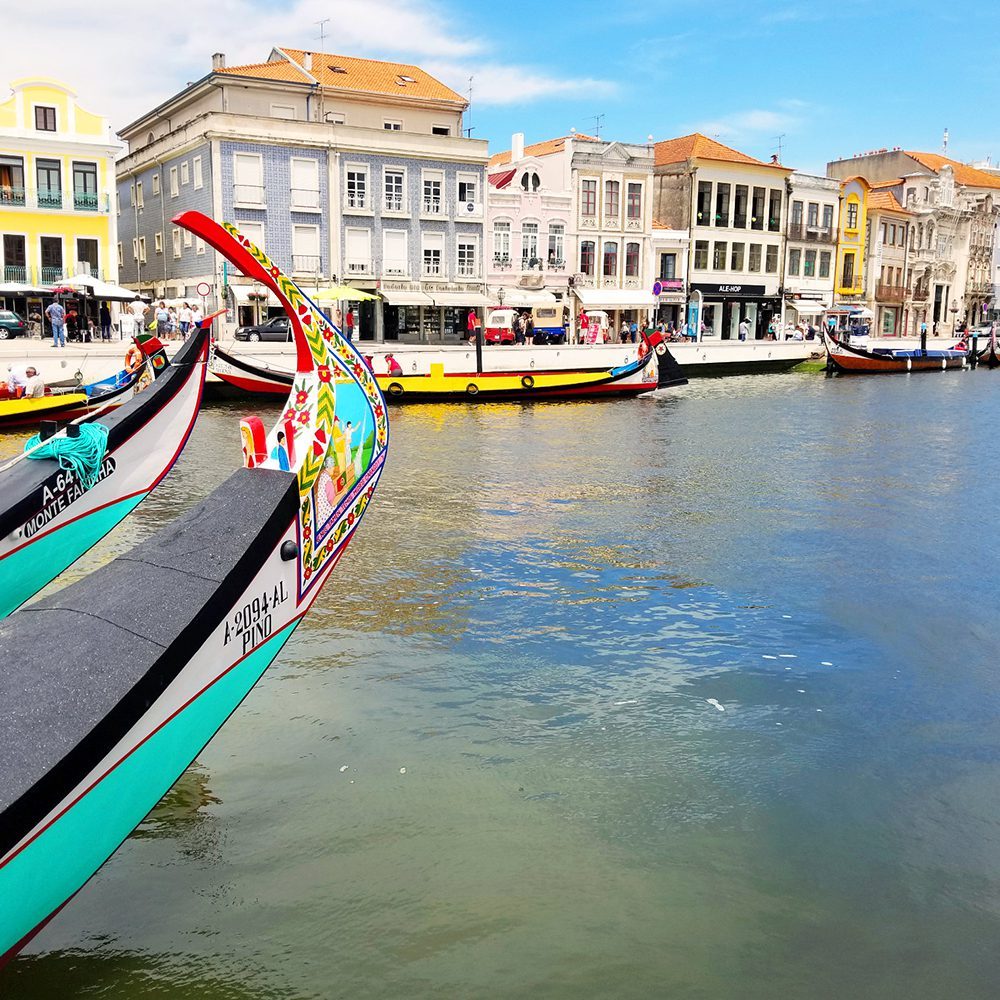
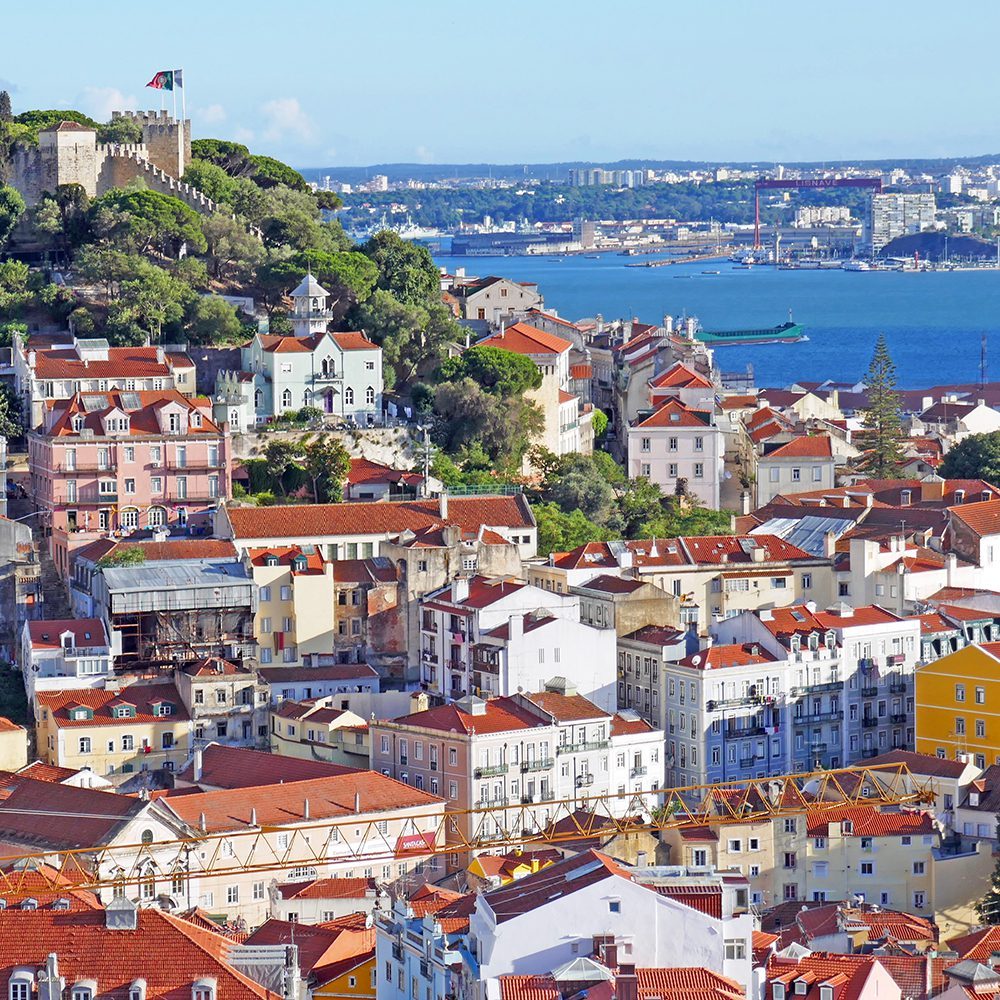
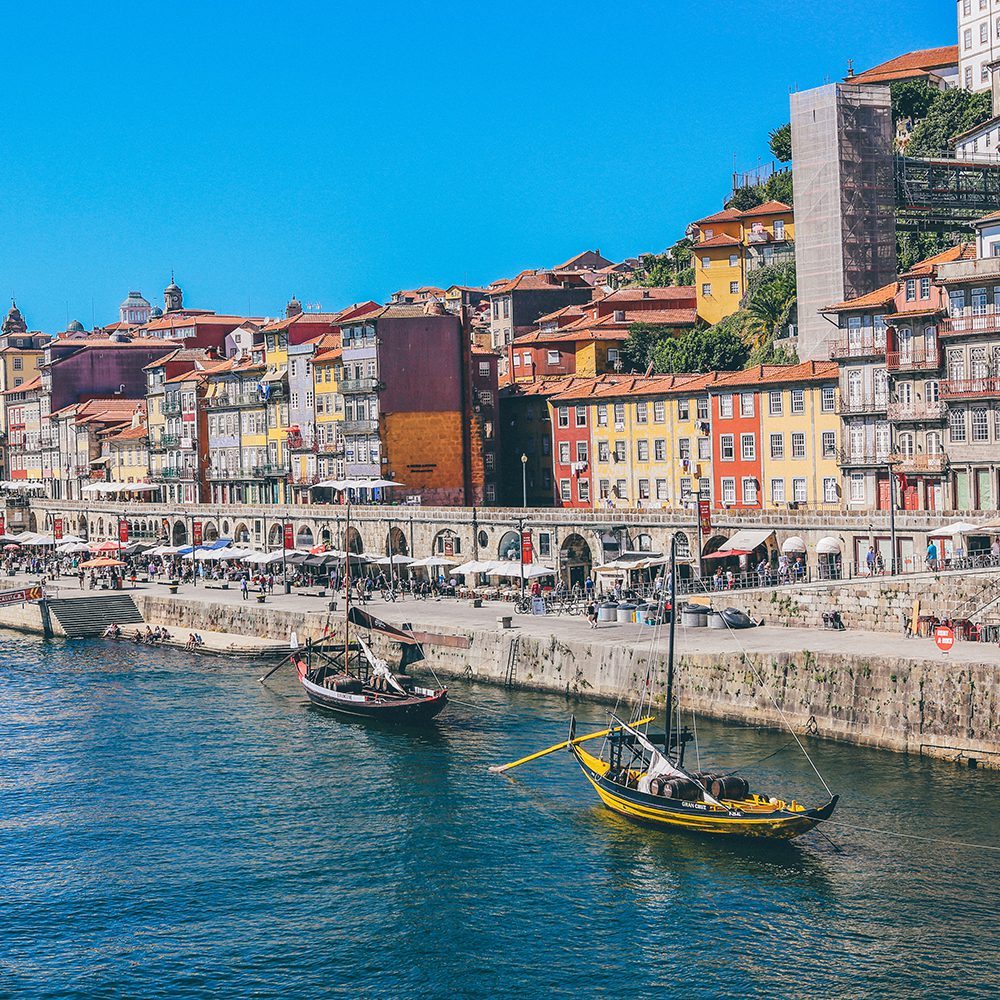
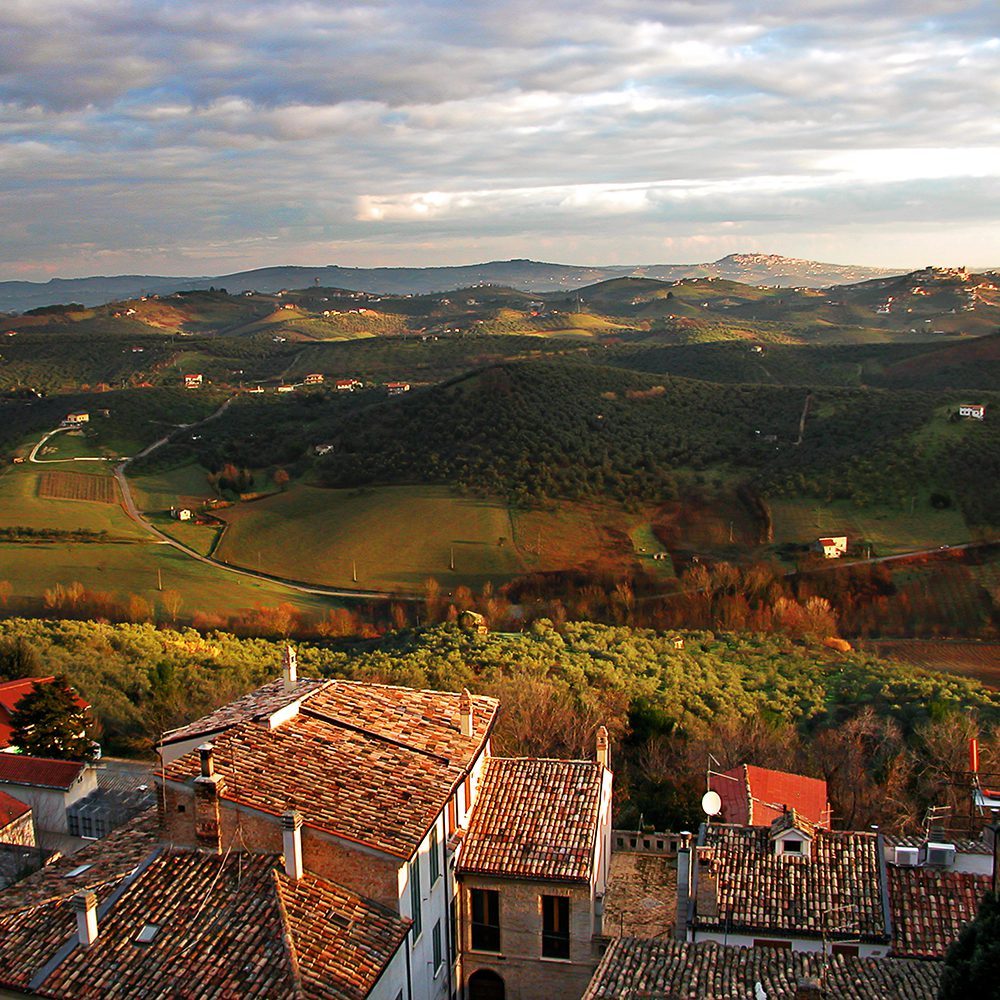
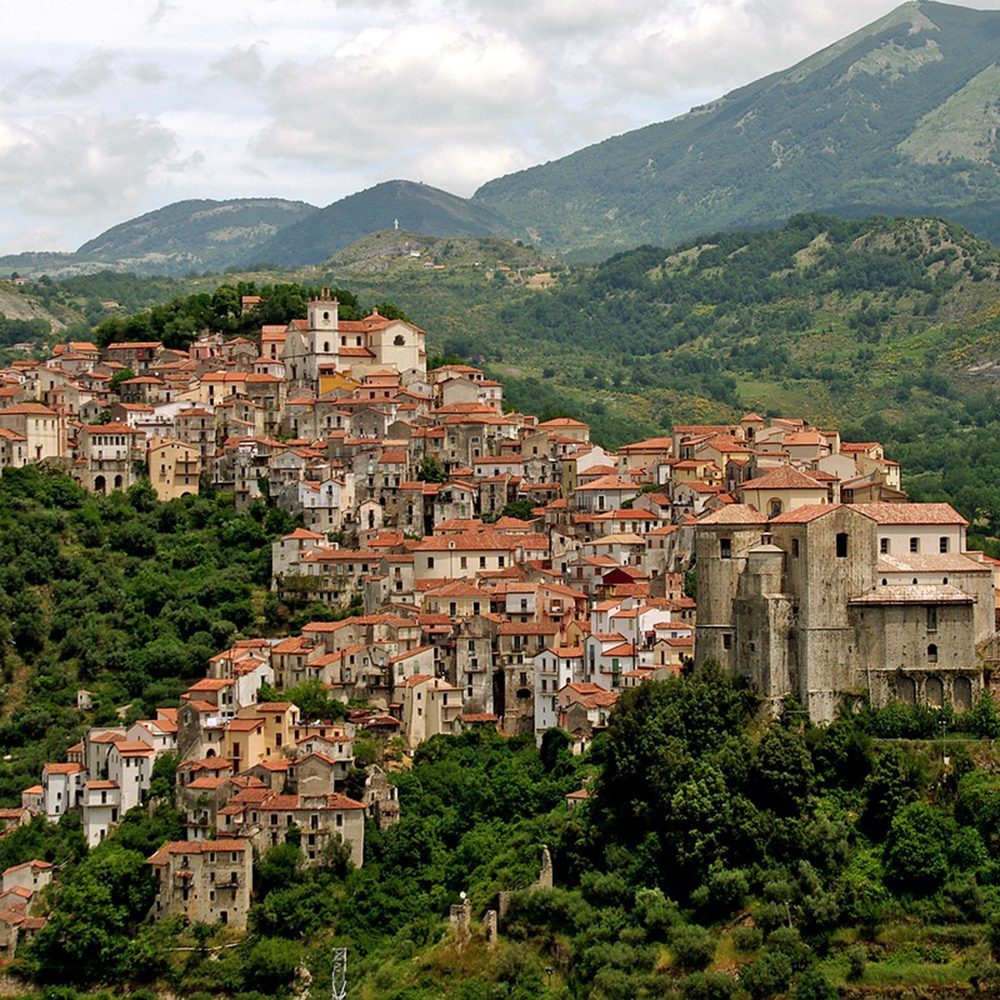
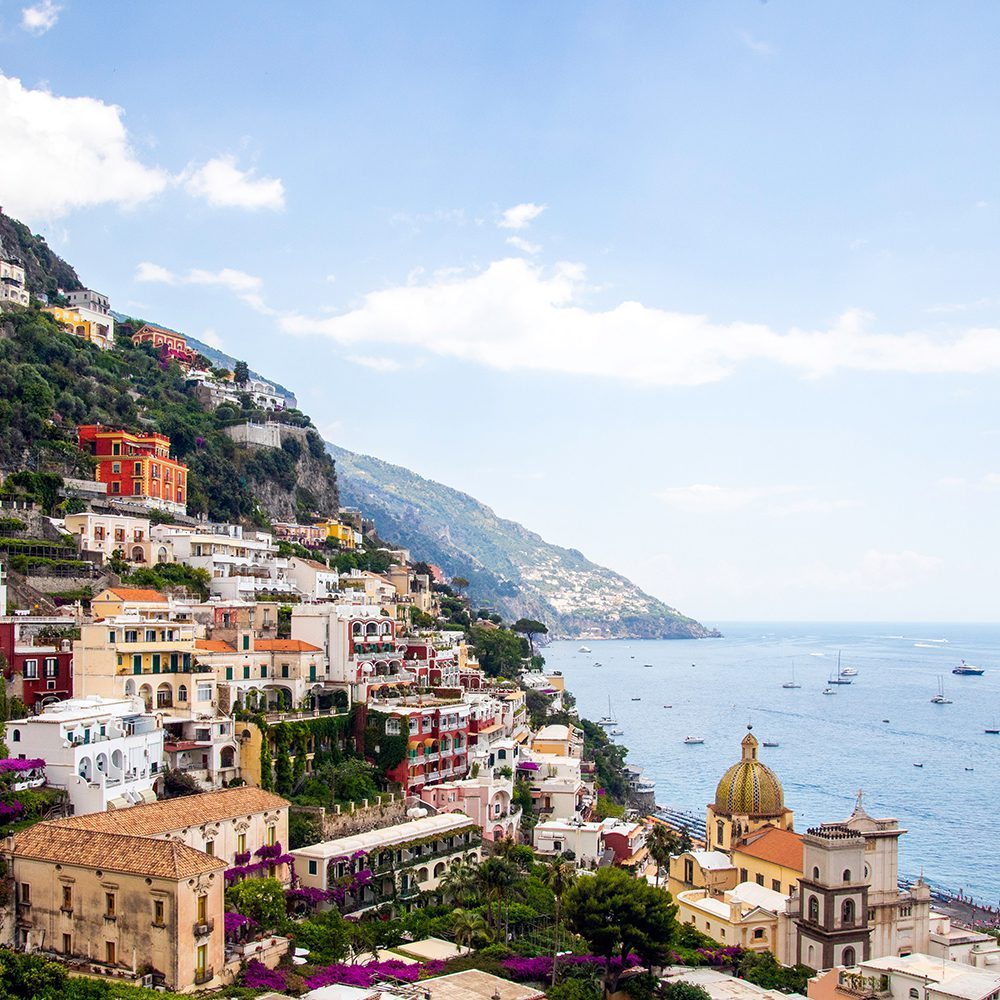


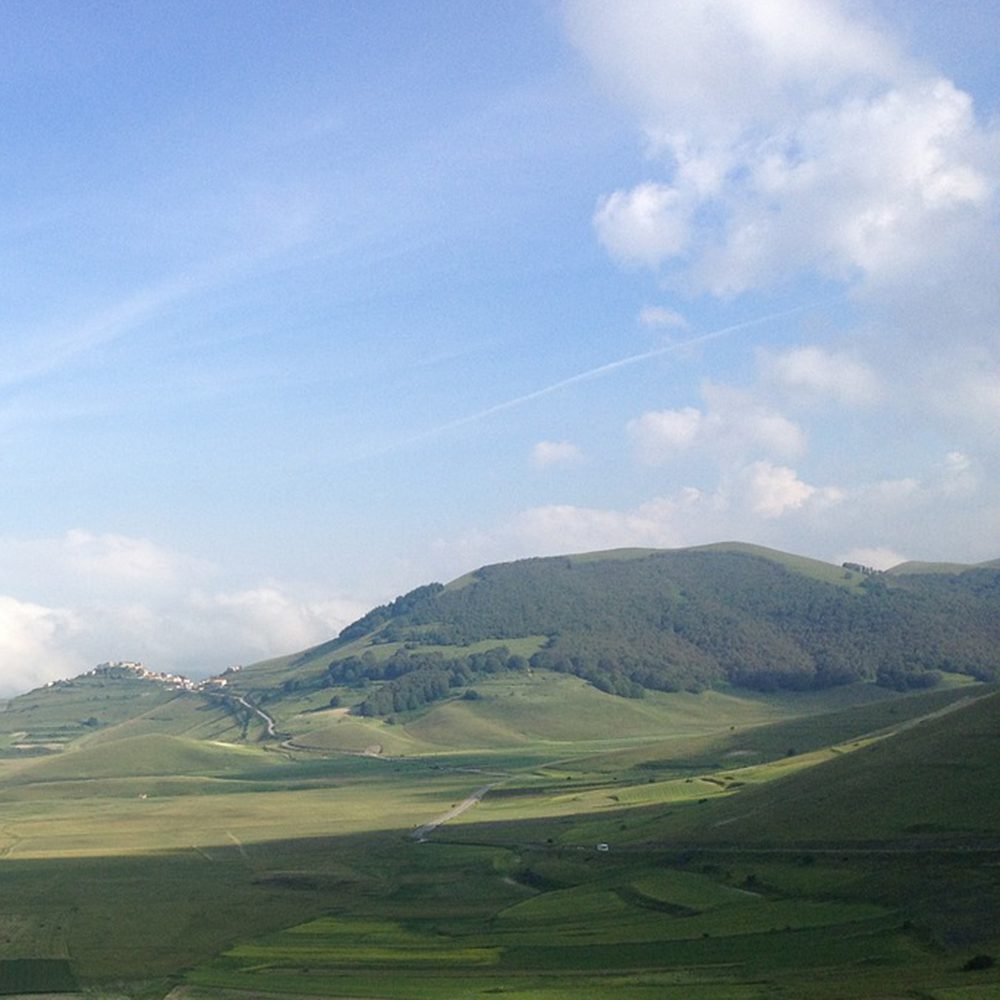
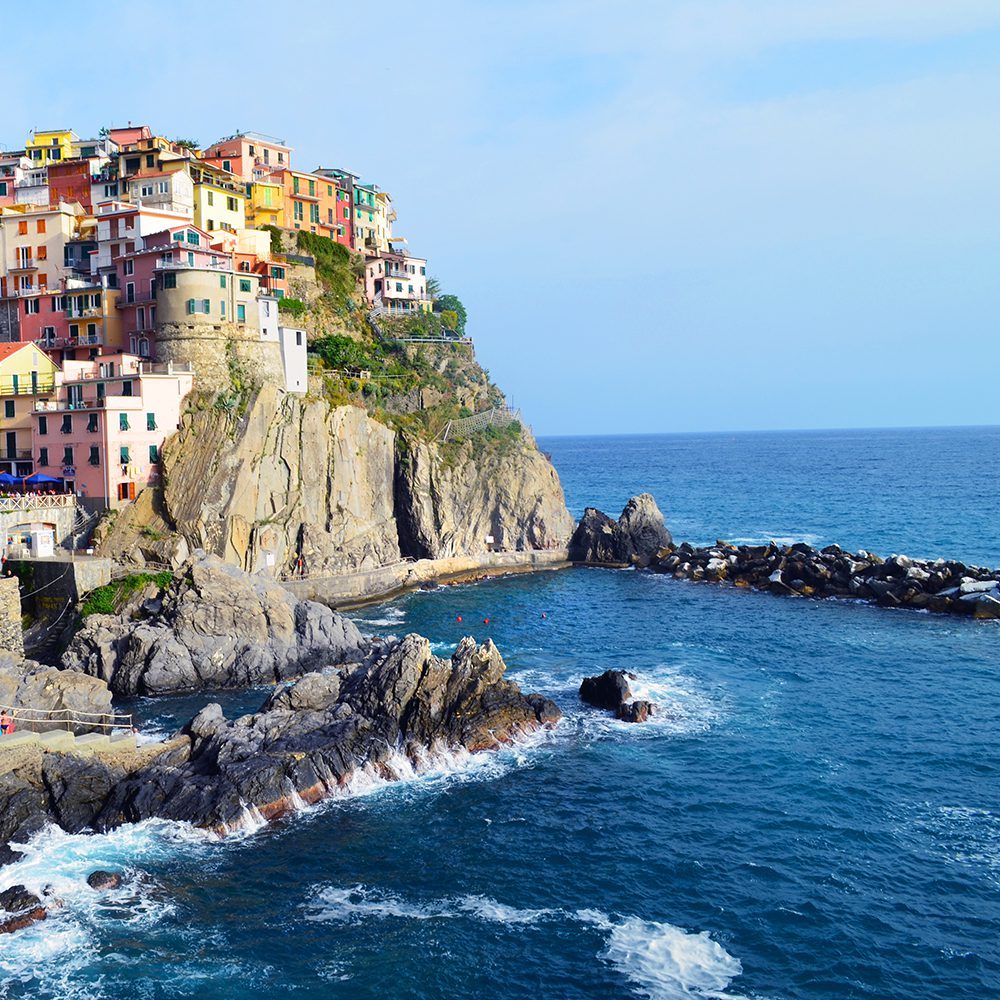
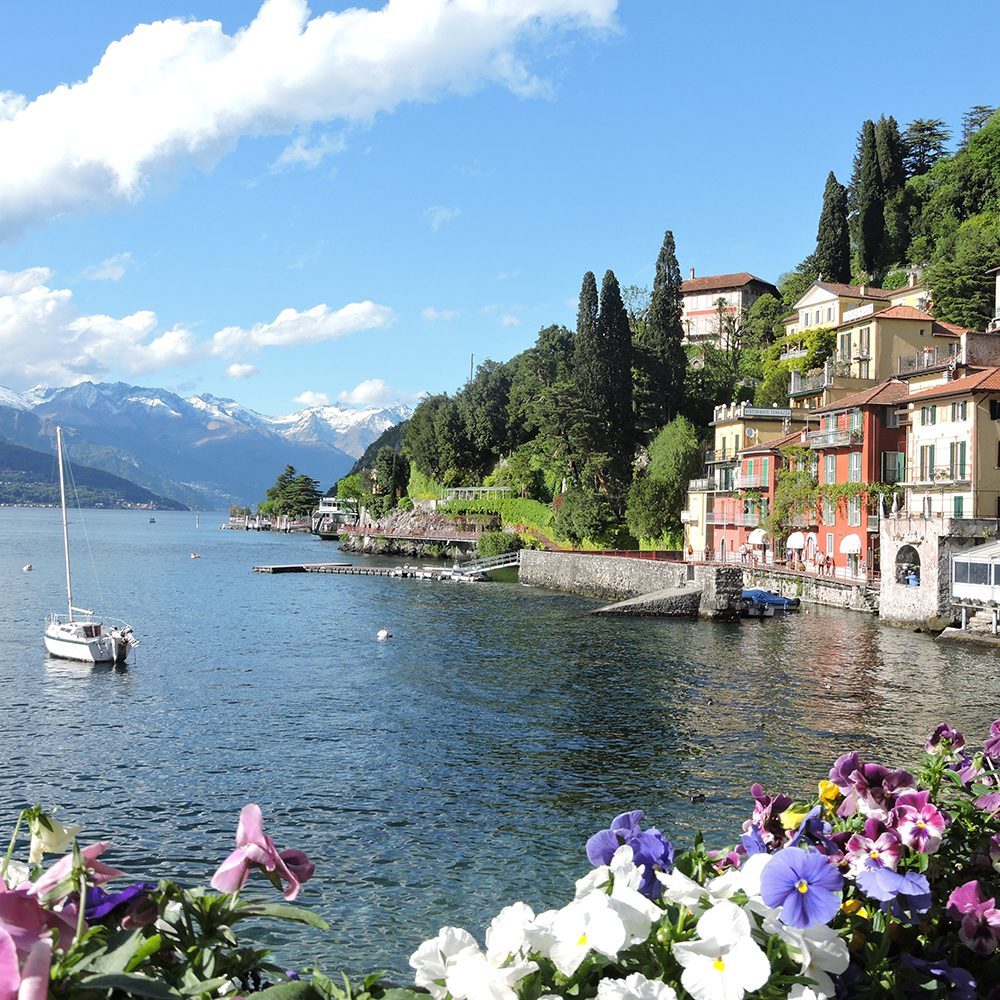
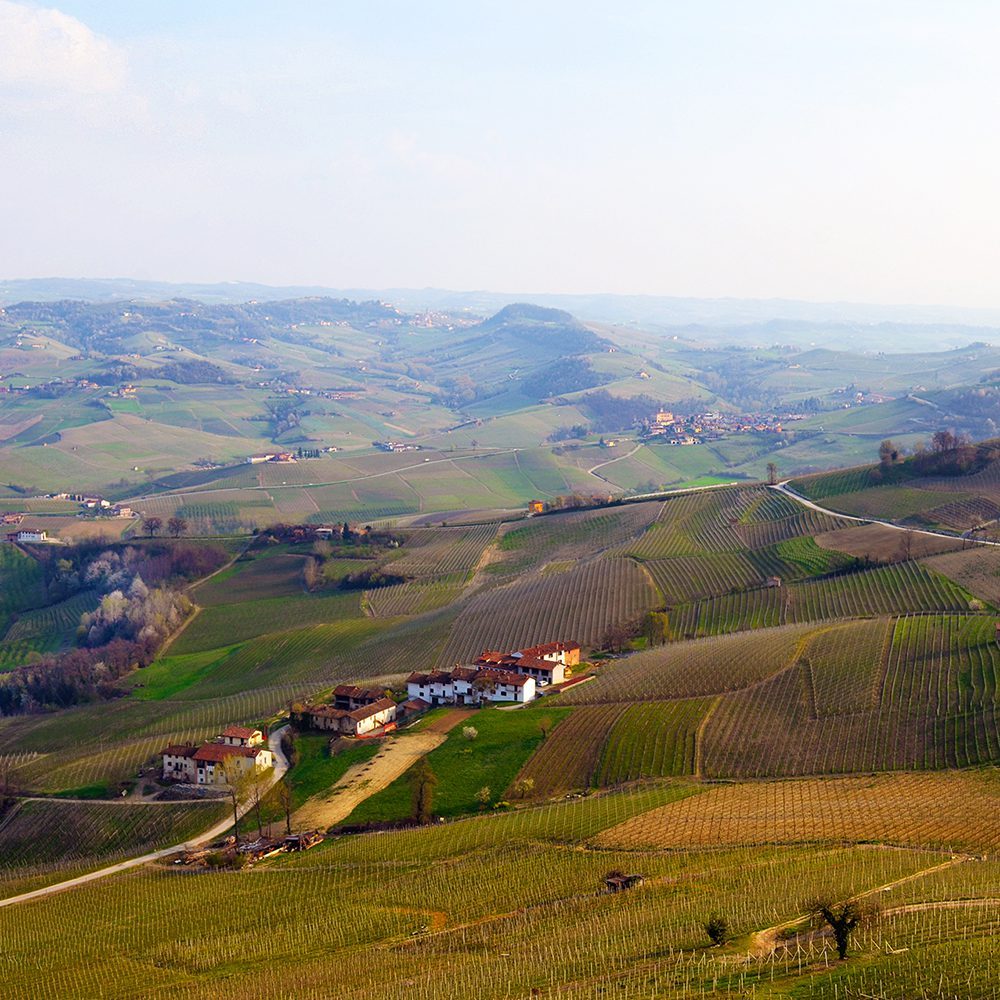

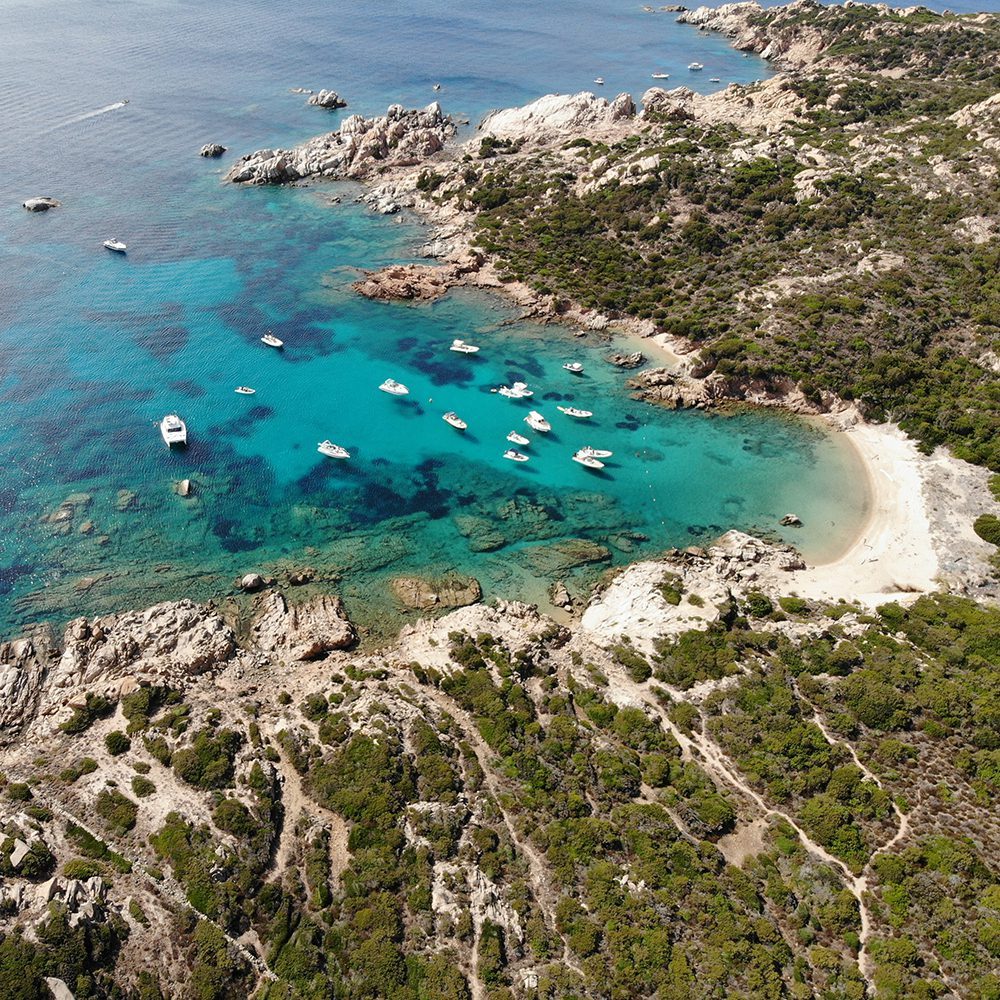
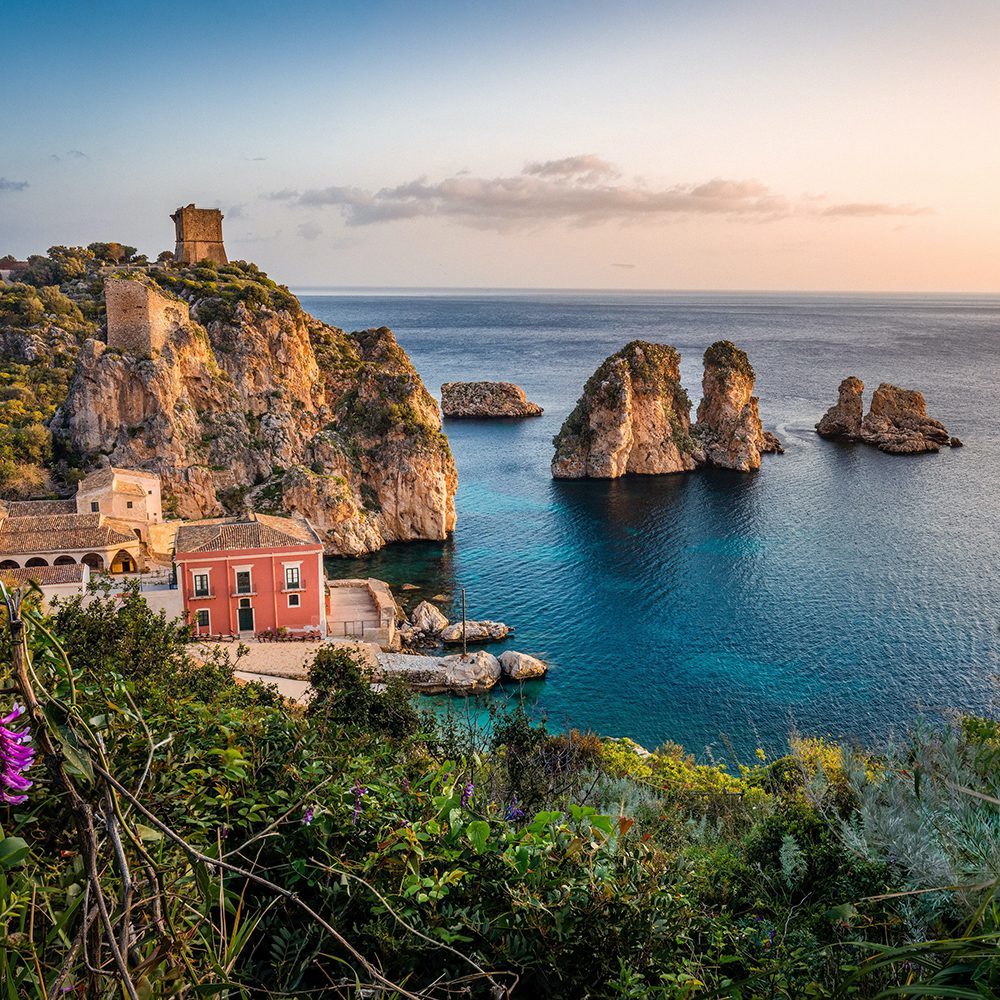
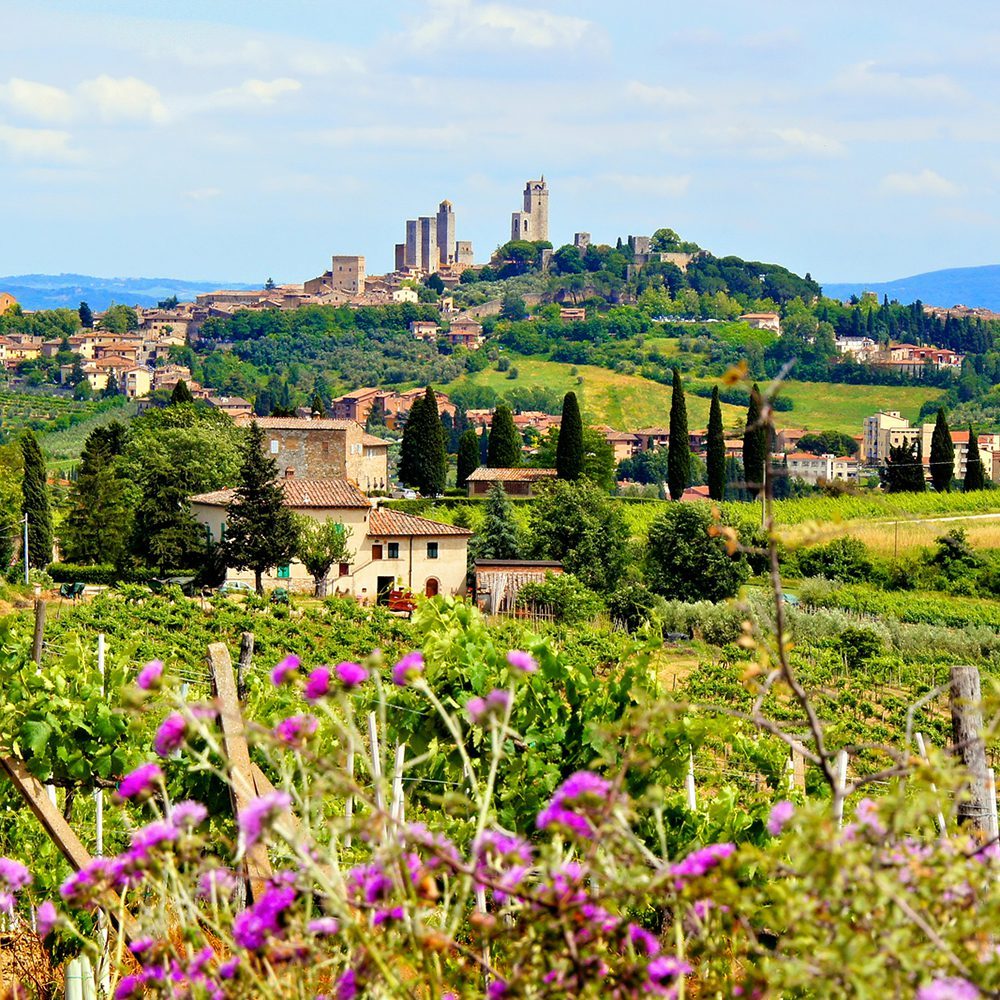
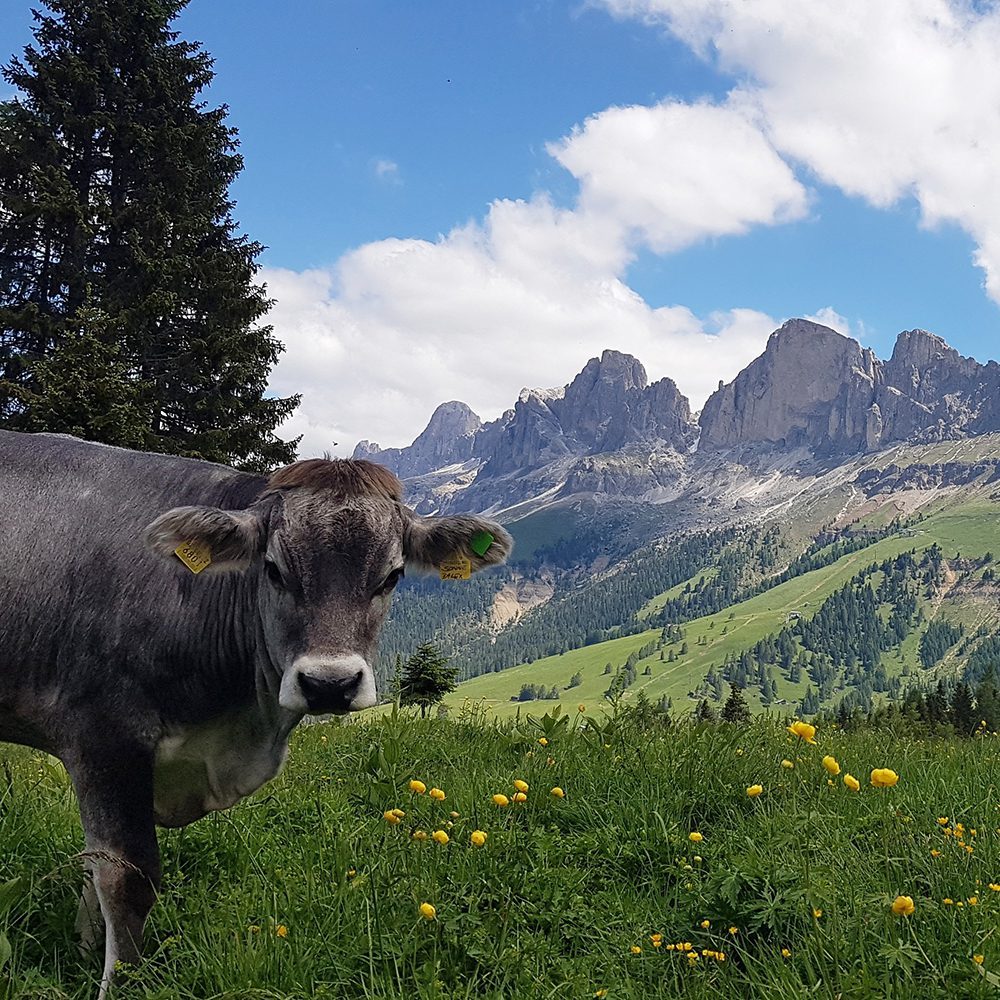
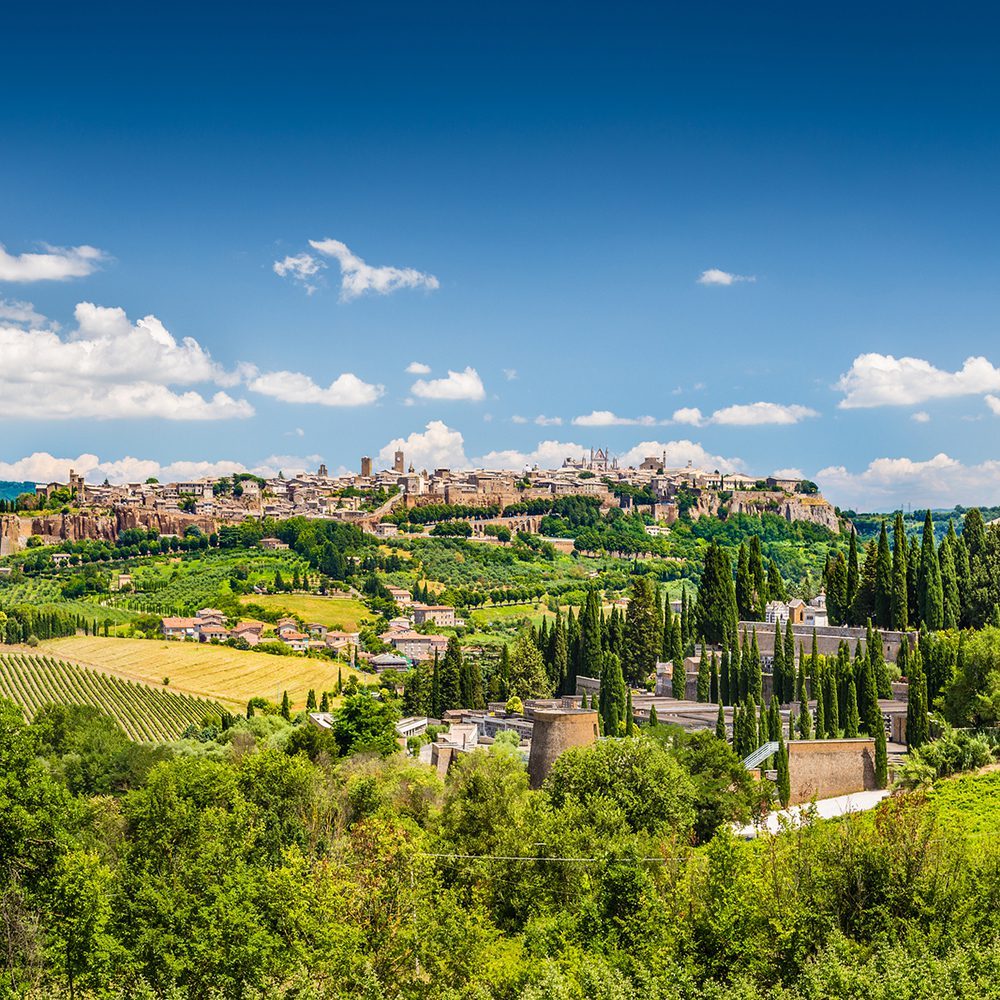
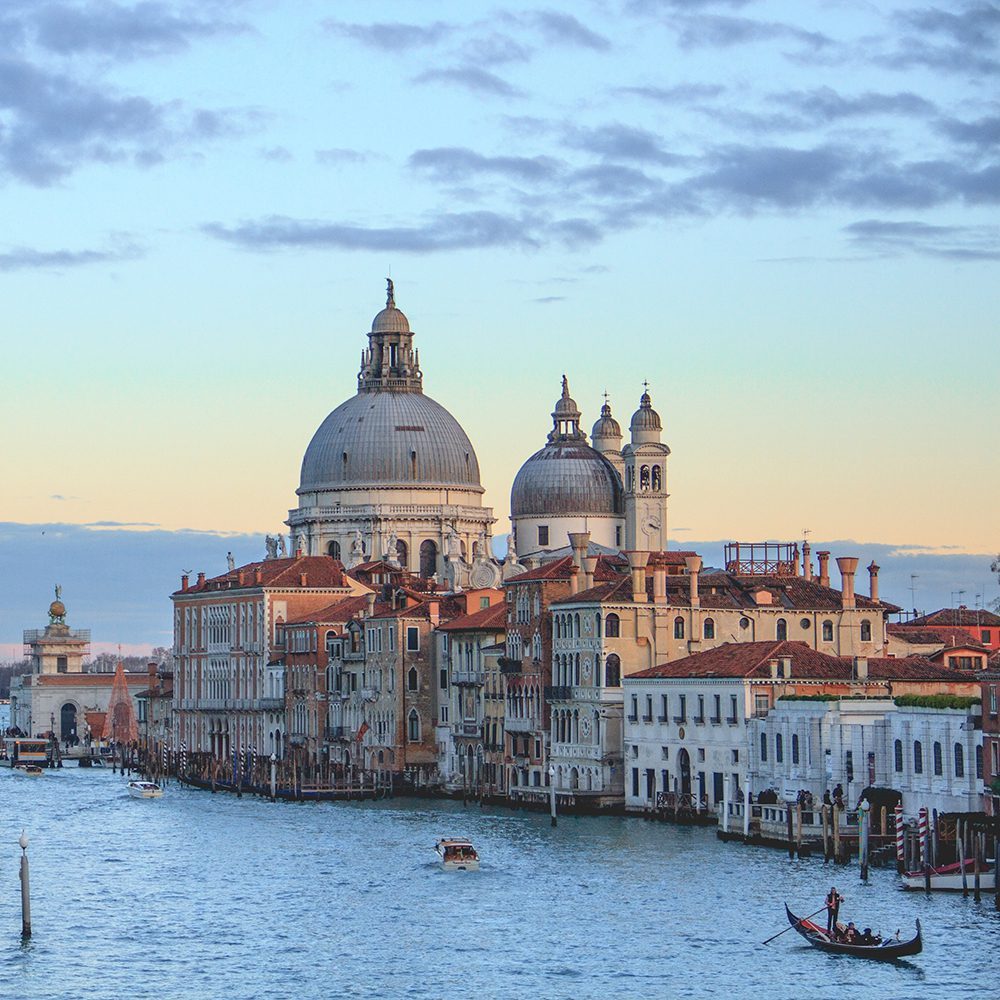
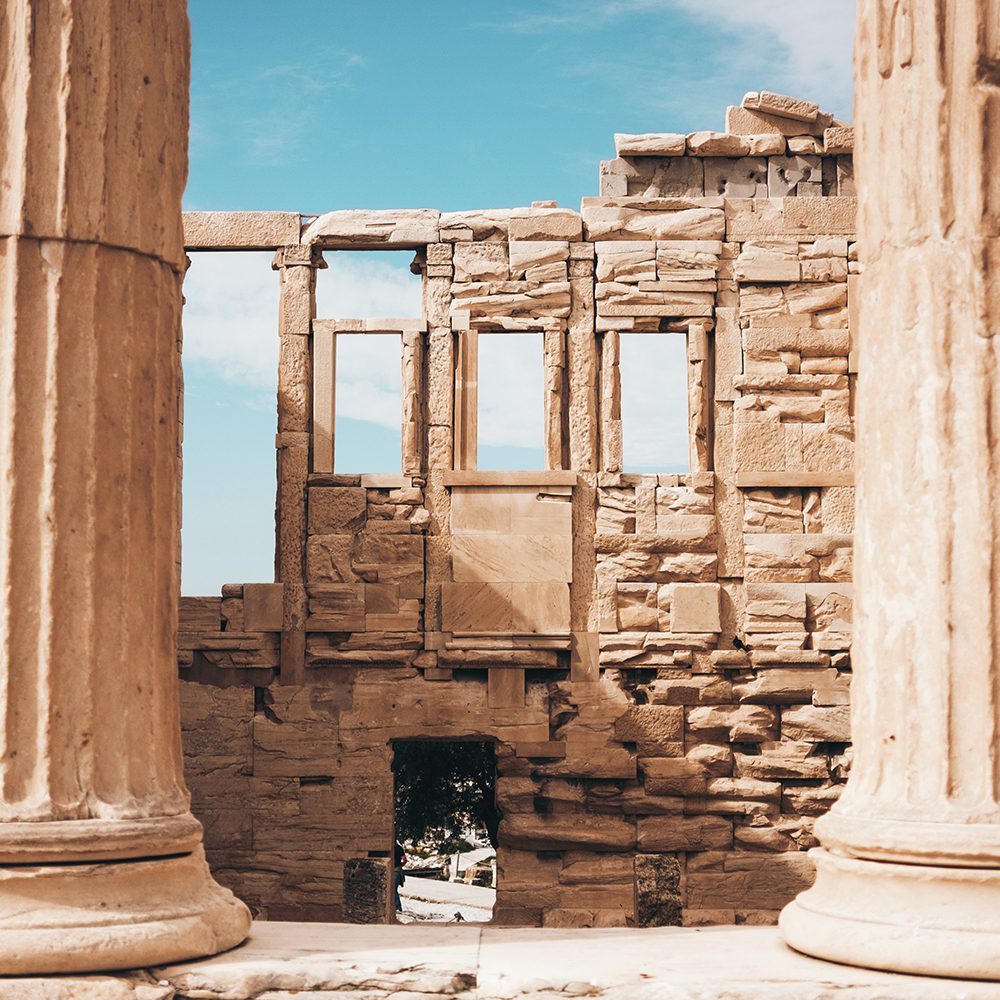
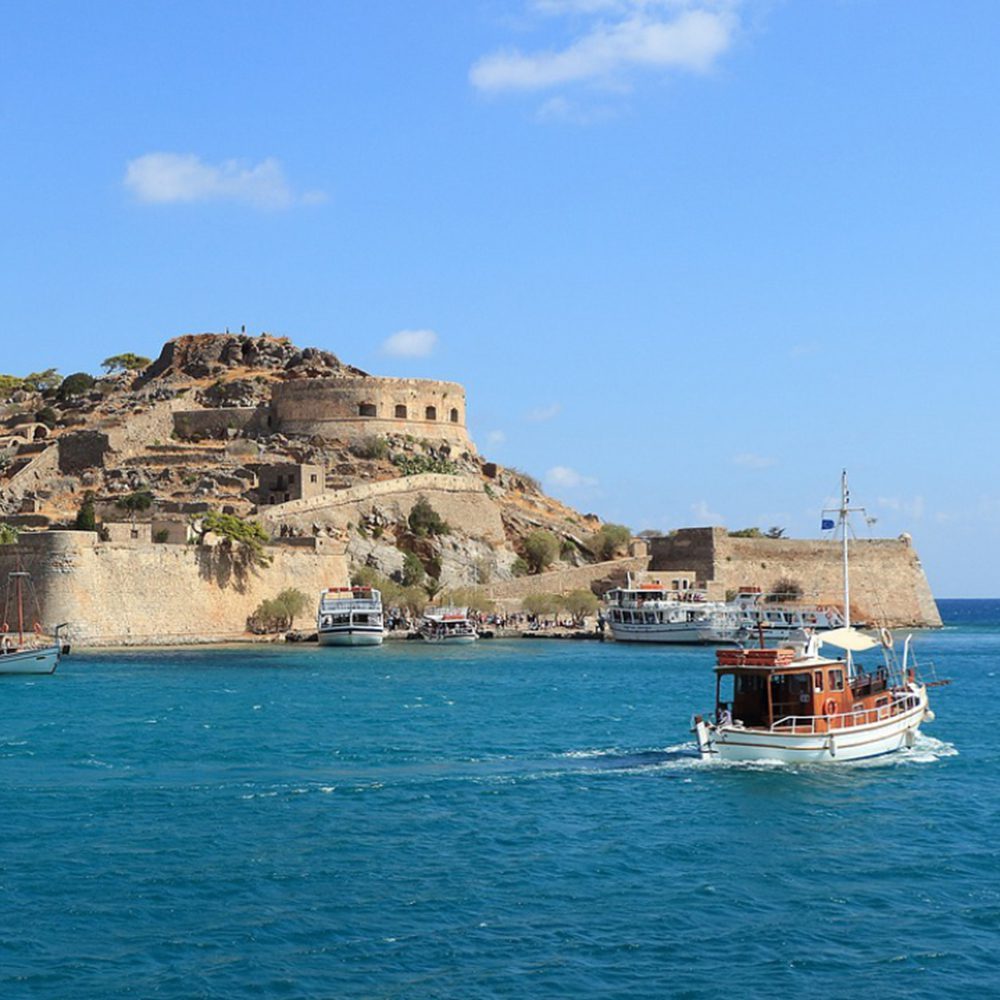
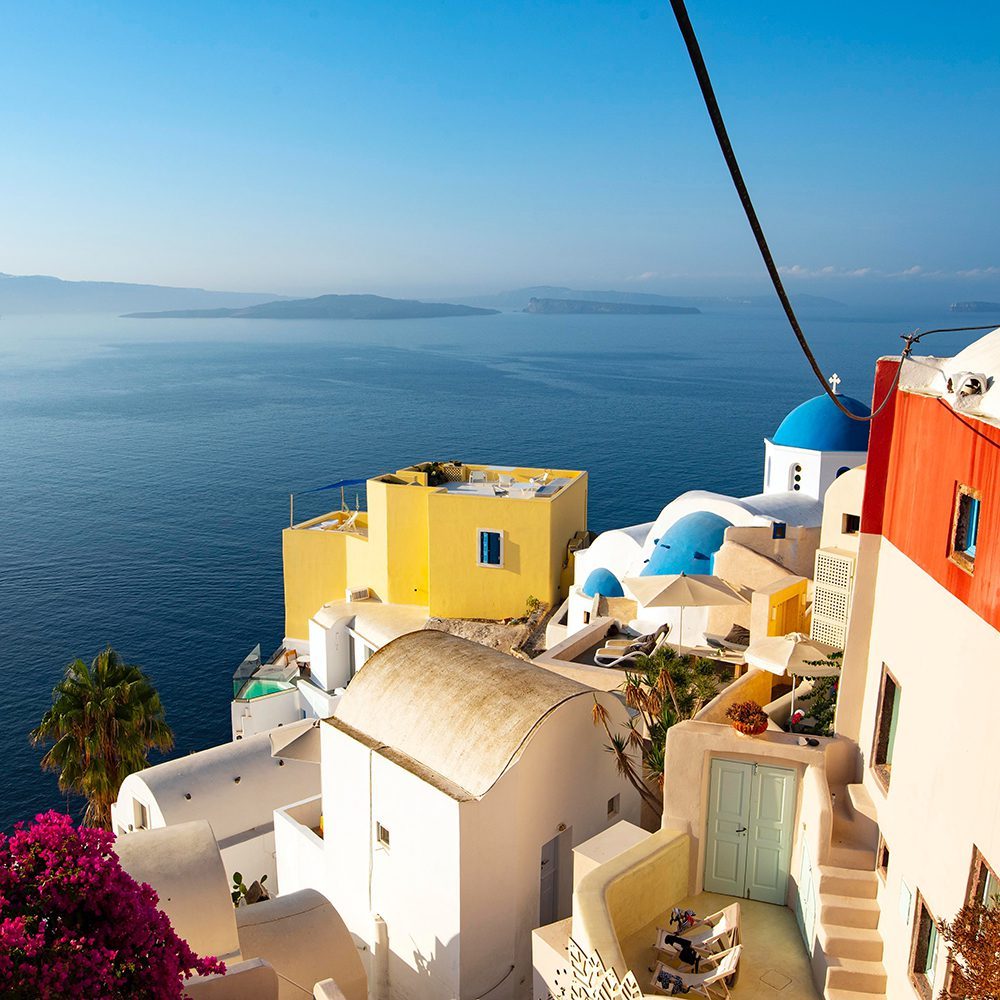
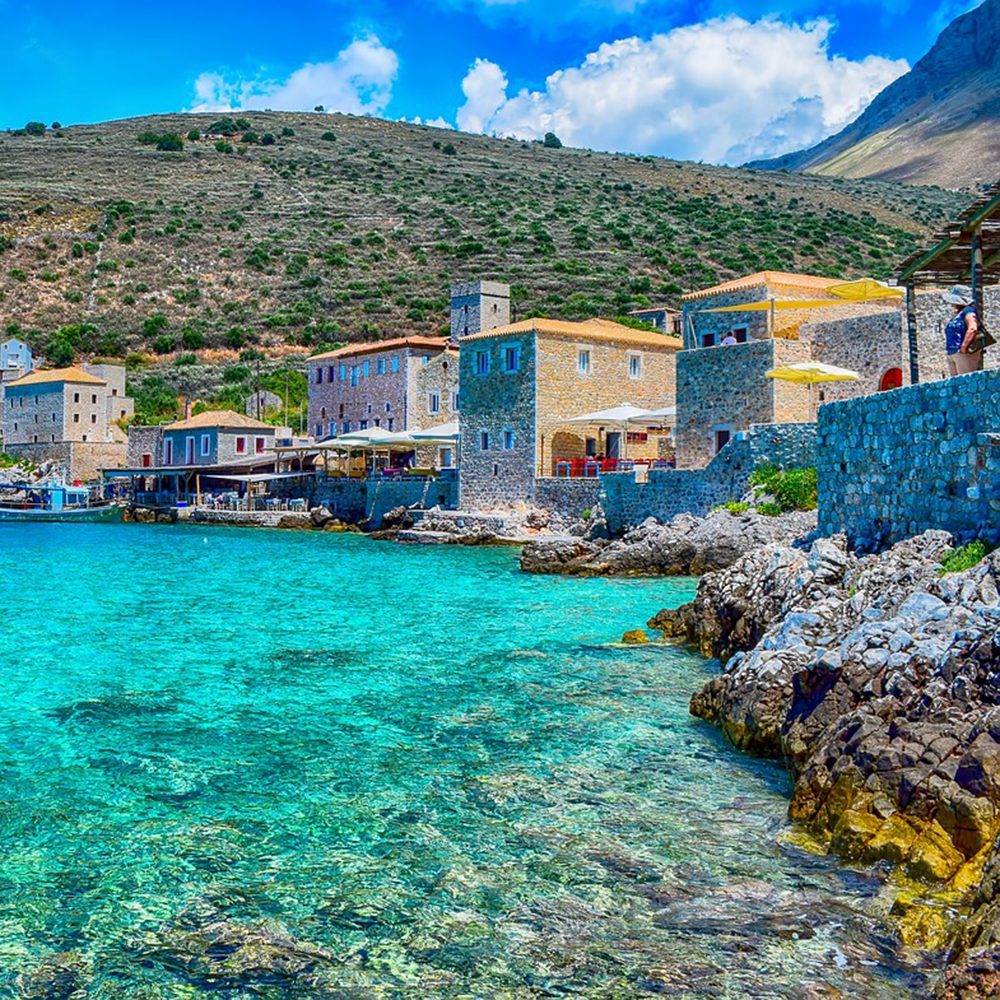
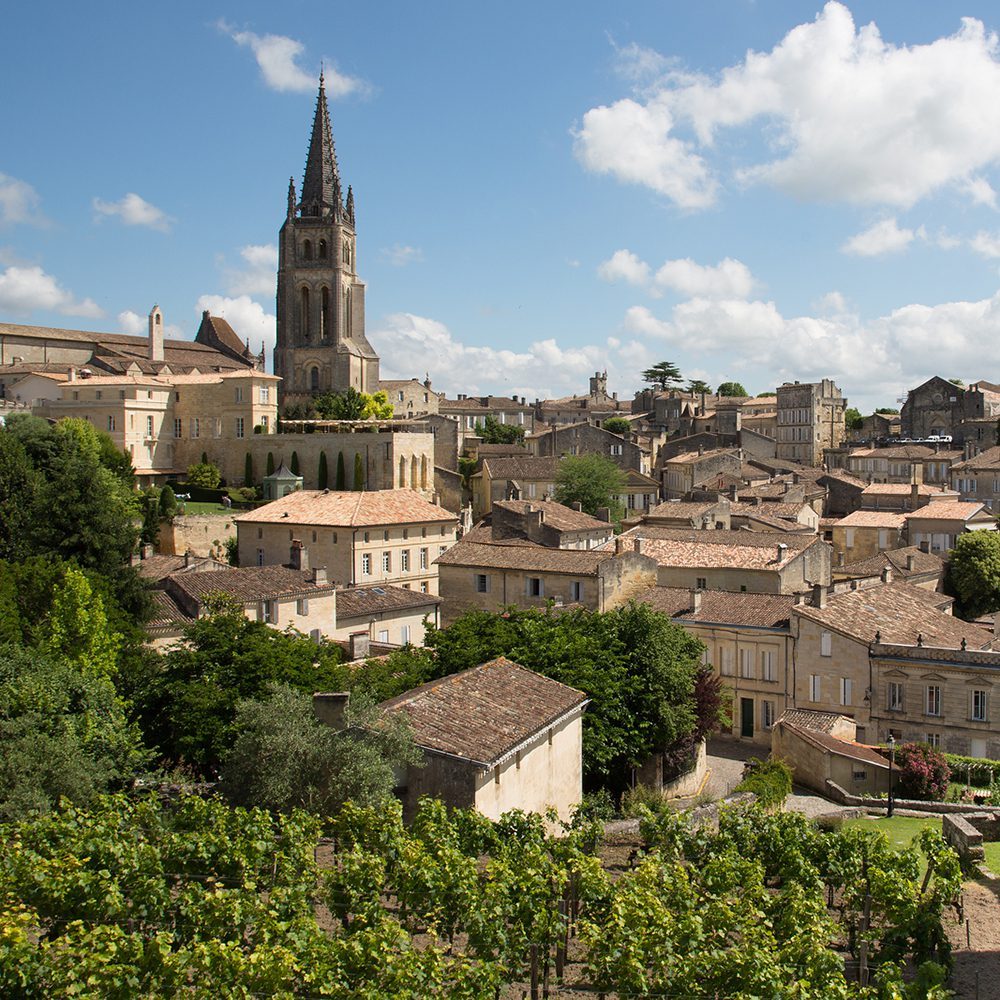
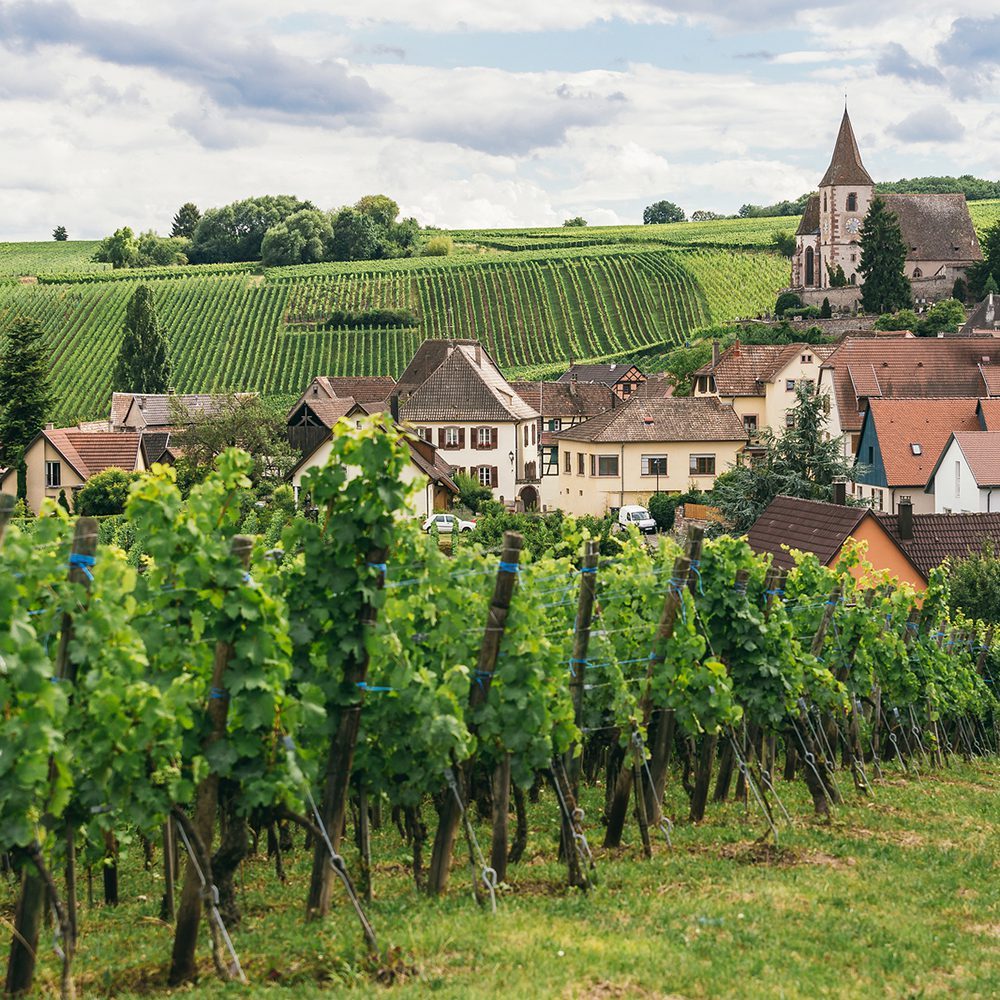
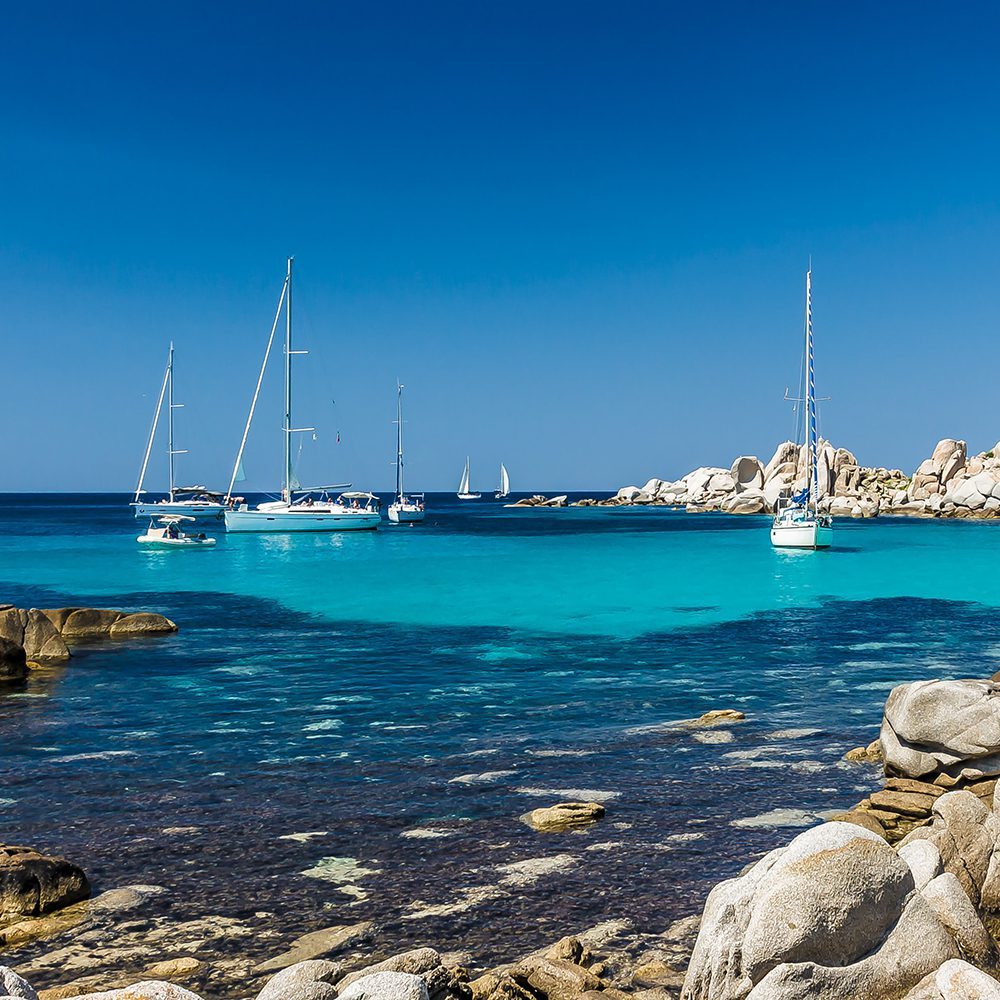
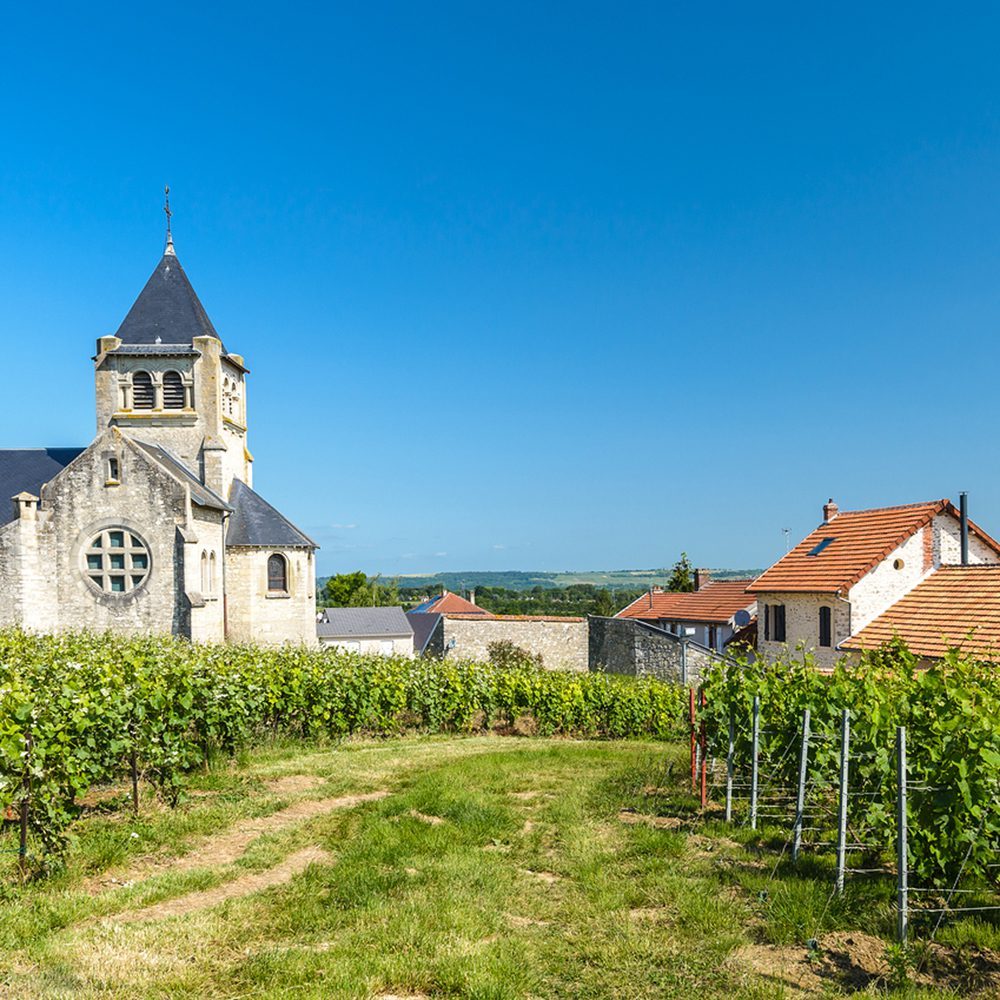

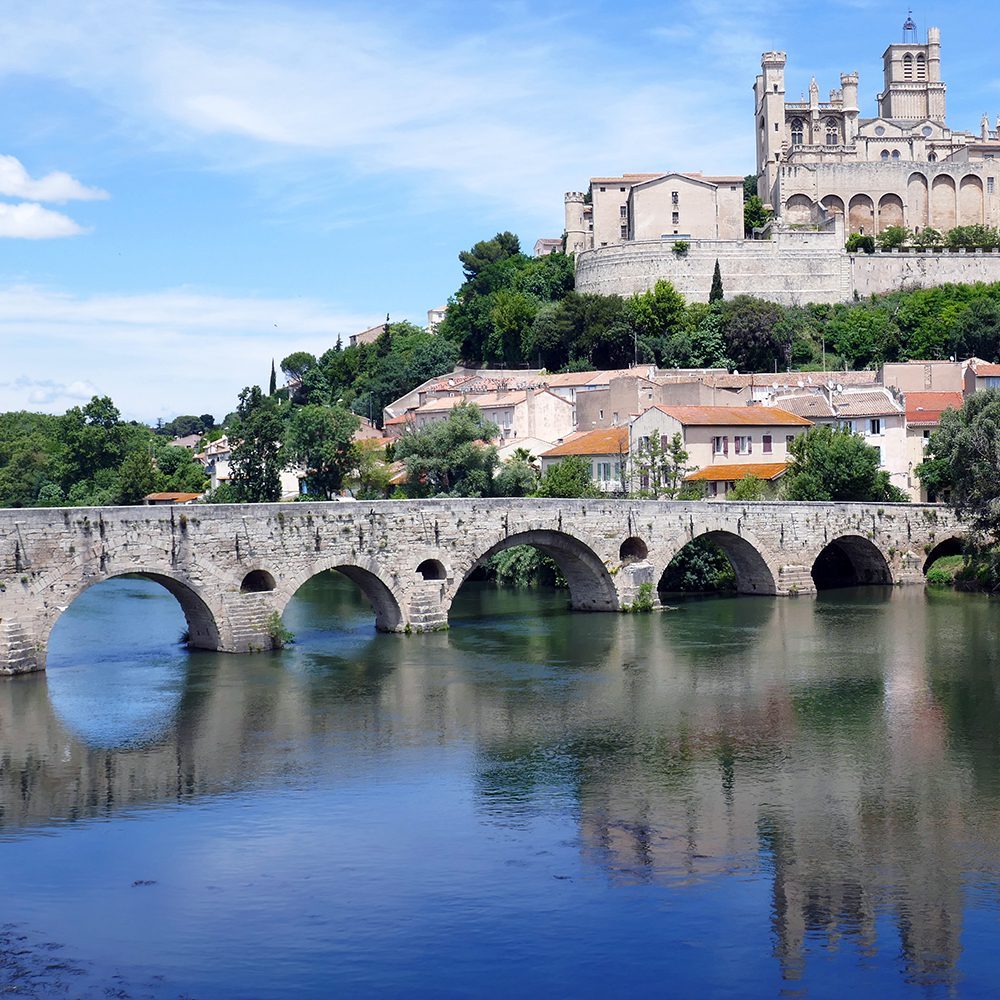
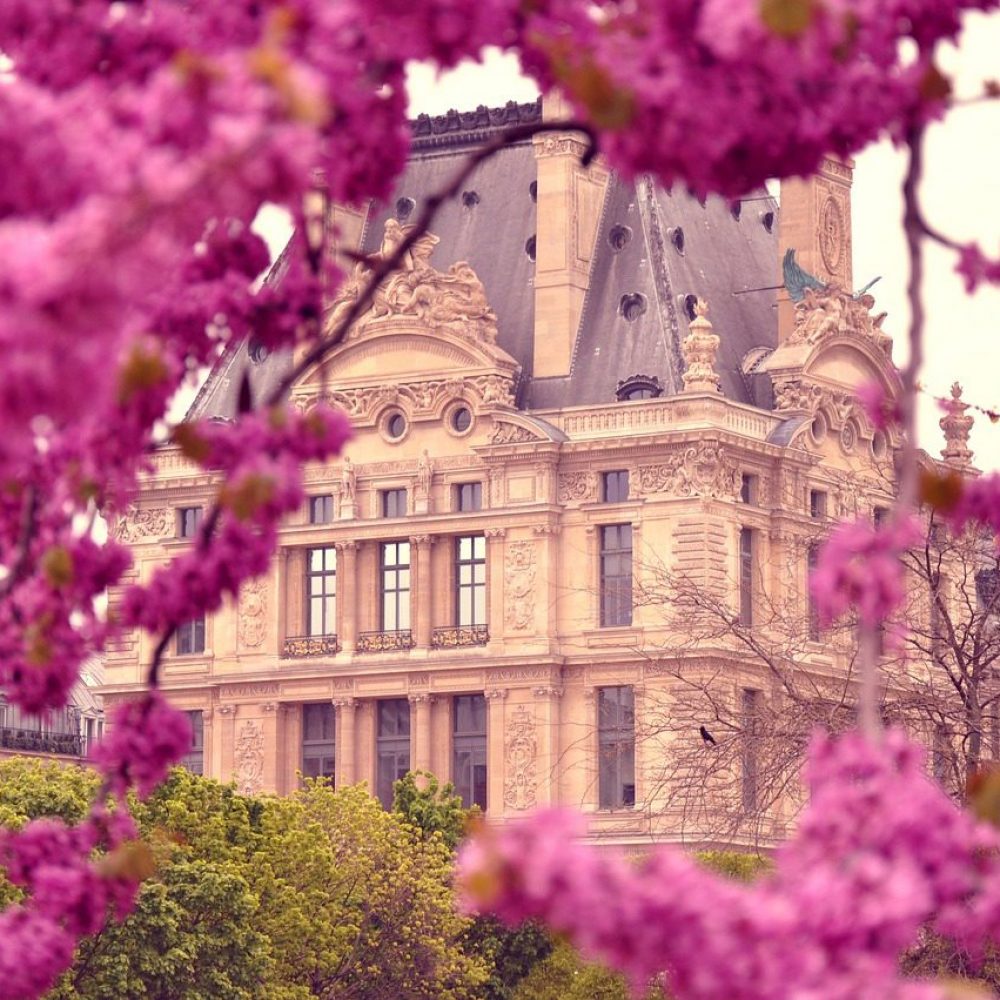
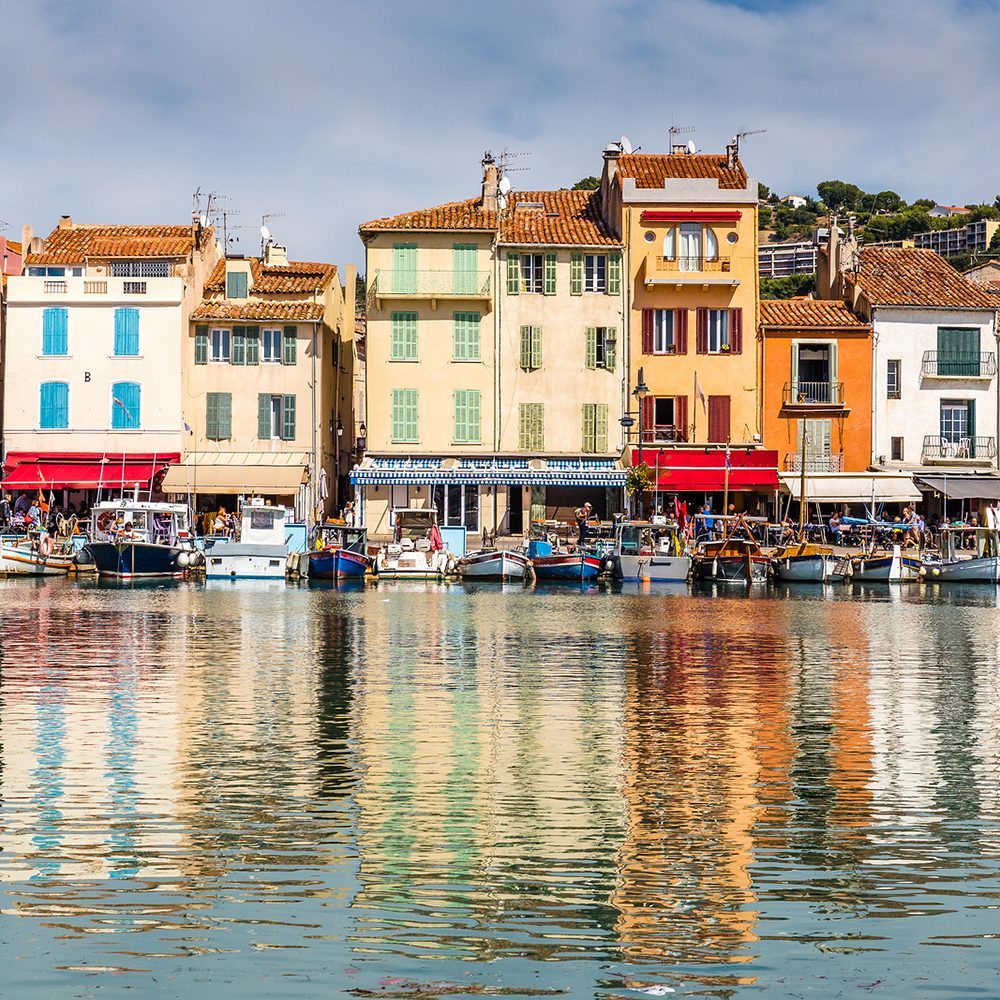
What a lovely way to experience a country – through little nibbles of foods in the back streets, of course accompanied by a glass of wine or two to wash them down. 🙂